
BODY AND SOUL – The pond of Narcissus and the hand of Altamira
An exhibition curated by Didi Bozzini
Assuming that everything else had already been said, in the last hundred years art has talked much about itself.
Its form, its materials, its means of expression, its places, its history, the definition of its social status and its methods of diffusion have become essential themes for a large number of artists. Thus, we have witnessed the progressive replacement of vision with speech, of images with concepts, of invention with quotation, of creation with criticism, of doing with making conjectures. A self-referential and talkative orgy, in which the aesthetics and sociology of art ended up being the only topics worthy of being the subject of the artworks, and the artworks were turned into tautological treatises.
In this blind race against itself, driven by a misunderstood idea of progress, art has gradually neglected everything that for thousands of years has been the substantial core of poetics, in favor of an exclusive and exasperated search for formal surprise, also that of a return to the past, paradoxical and purely external. In a relentless slide from modernity to fashion and from style to stylism, or from drawing to design, the container has become the only content and the recognizability of the trademark has taken on a much more relevant importance than that attributed to the existential meaning of creative paths or to the authenticity of their motives.
Of course, we would be making a gross mistake if we did not admit that in this long season there have also been happier and more meaningful episodes, capable of transcending theoretical quibbles to give rise to icons that now live in the collective imagination. Nonetheless, it is undeniable that, more particularly in the last years of the century, the multiplication of “isms”, of “post” of “trans” and of “neo” has occupied the field, generating a rhetoric so elaborated as to be indecipherable for those who do not already miraculously possess the code. Thus, an art intended solely for the sect of adepts, academic and with instructions for use, has replaced the enigma of its own being with the jigsaw of its own proliferation, revealing itself to be completely sterile, as it is excessively distant from life.
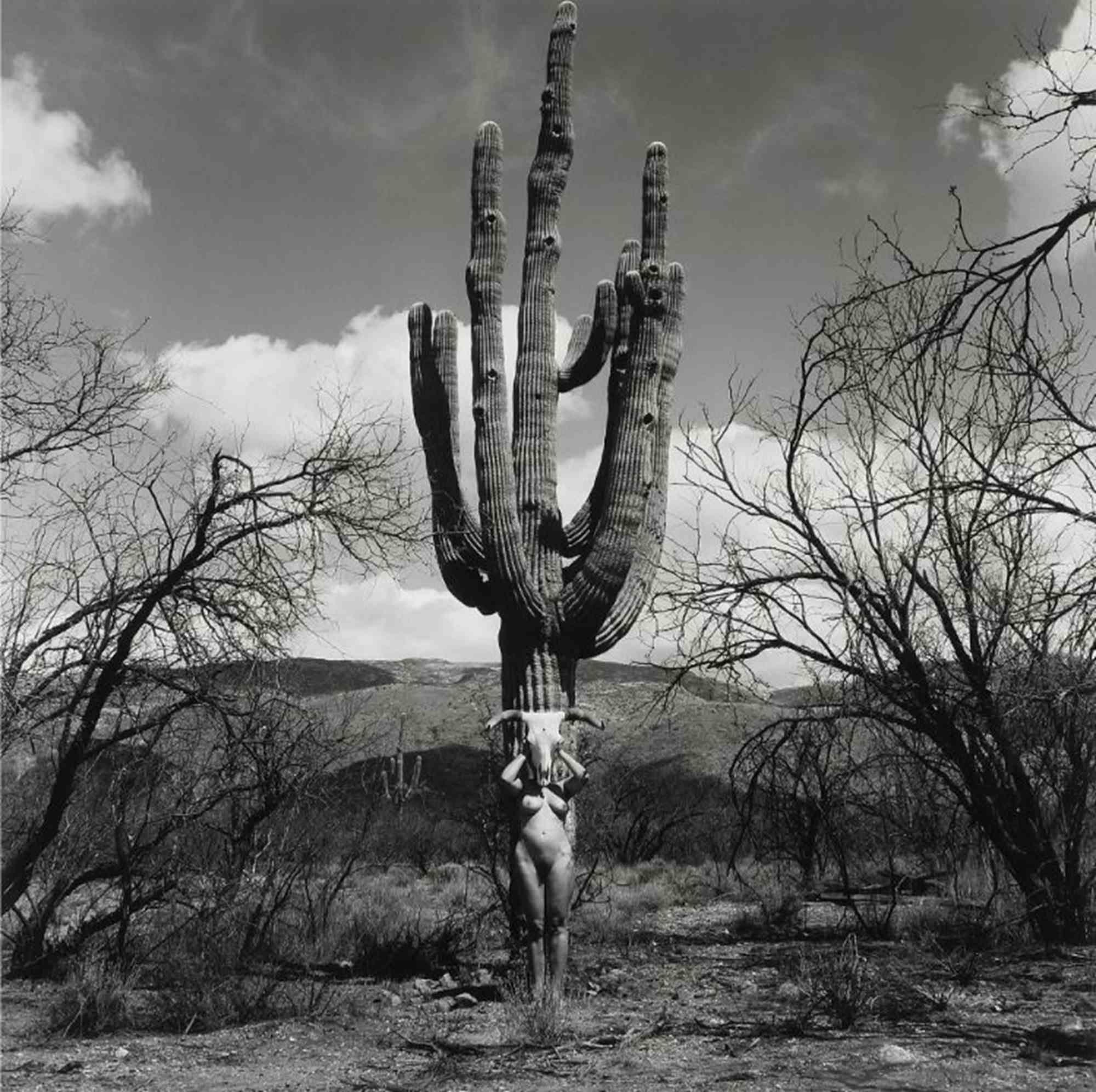
Anyone who has witnessed the verbal acrobatics of a young and zealous gallery owner, launched into the effort to indifferently boast the indispensable value of a clumsy copy or a bottle of preserved tomatoes, knows exactly what we are talking about. And he knows that that improvised priest of the goddess Novelty sanctioned our guilt. He accused us of not having immediately understood how precisely that reproduction of a Baroque painting, or that label on the bottle, so eloquent in its sparse expressiveness, was the supreme pinnacle of contemporary creation. Only to provide us, immediately afterwards, with the salvific possibility of atoning for sin, purchasing the indulgence with a generous offering.

Much of the criticism, proud of its status and regardless of its reason for being, was no exception and did not bother to understand and explain, but rather preferred to argue. The main aim of the operation was to occupy positions and win bets, as in any self-respecting war or cockfight. On the one hand, we saw the suffragettes of the avant-garde fighting against the Taliban of the reaction in a chaotic fight, with pharaonic exhibitions in which nothing was expertly exposed. While, on the other hand, the resistance was organised, celebrating the extraordinary quality of all kinds of anachronisms, secondhand romanticisms and belated realisms, with spiteful treatises, widely sold and little read. Bottles of sauce against plump muses and leaden skies. For artists, tertium non datur, joining the ranks of a team and adapting to its tactical needs, even when enlisted against their will. What galvanizes the triumphant Market, which took advantage of the situation to transform collectors into betting fans and offer them a beautiful championship, lasting from September to July each year (in August all together in Panarea), made up of biennials, triennials, daily auctions, repeated fairs and prizes of all kinds. A strange panorama, in which spectacle and often parody have filled the gaps of meaning with their procession of porcelain dogs, finance brokers, multiples in biscuit boxes, nudist curators and costumed artists. An always cheerful, rich and colorful panorama, but definitely not conducive to the birth of significant works that are destined to remain so.
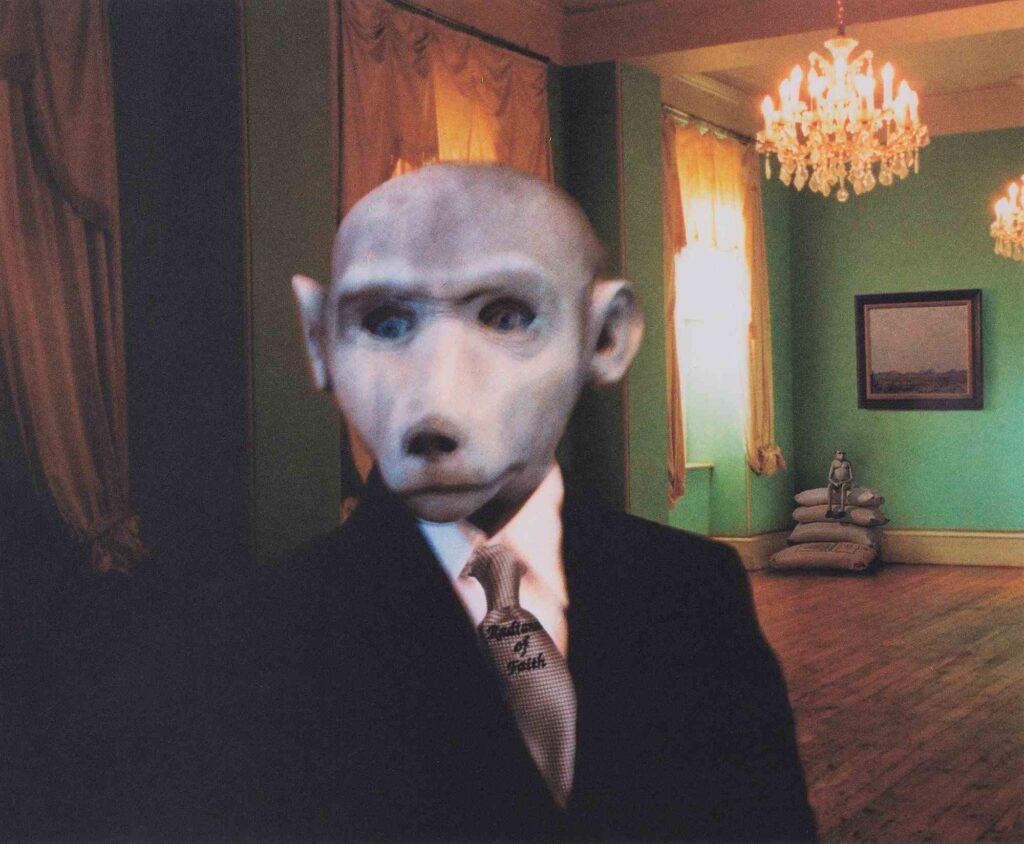
Well, in all likelihood this is exactly the point. An art narcissistically absorbed in its own image is an art that takes its own life, because it unconsciously drowns the humanity of its own body in the thousand reflections of the form. Honestly, does it matter if the painting is behind, above, below or outside the canvas? What if painting is alive or dead? What if, once resurrected, it necessarily has to lie down inside a canvas? What if this should be reduced to the idea that precedes it? What if the communication of that idea is a social phenomenon or a private fact? So what if museums should be multiplied or closed? And if, when they close, they should become supermarkets, given that the work is a product besides an idea? And since it is a product, why can’t it be transformed into a service or a simple attitude? And what if that attitude should be filmed, told or photographed to be exhibited in a closed supermarket and once again used as a museum? And so on, until the void of infinity or the bottom of the pond. Until, as in Tiresias’ prophecy, art, a new Narcissus, loses its life to gaze at its own image. Who could truly be passionate about this rhetorical suicide, if not the necrophiliac sophists or the funeral home racket?

It is clear that this description of reality is limited to its most striking, perhaps caricatural, aspect. By fortune or by necessity, there was also something else and much more worthy of note. In fact, on the margins and in the interstices of the epochal tumult, individual itineraries of great originality and of a much higher profile have been traced, characterized by the profound and intense humanity of their contents. Paths of artists who have rowed against the current to put life at the center of their work, choosing Man and not Art, the psyche and not techné, substance and not form, as the privileged subjects of their works.
Because what matters in a work is precisely that delicate and profound attention to the human condition, that ability to penetrate it with acuteness and speak about it with intense feeling, which we usually call humanity. Anyone who has had the experience of feeling an emotion in front of an artist’s work knows for sure that in that moment they were thinking about their own lives. Whether it was simple pleasure, fascination, emotion, or even perplexity and even repulsion, the work was telling them something about themselves and not something about itself. Something strongly rooted within their existence and that of every other man, something universal, one would have said in the past.
This is the significant core of that mature fruit of intelligence, with a complex flavor, which we summarize with the word art. The power to bring together reason and feeling in a poetic act, which makes the soul of our life visible in the body of the work. The doubts, hopes, aspirations and anxieties of each one, the punctiform time of each one in the history of all.
Two quotations, without any apparent connection and more than twenty centuries apart, indicate the path we intend to continue in our reasoning.
On the one hand, in a well-known passage from De partibus animalium, written by Aristotle around 350 BC, we read: “Anaxagoras states that man is the most intelligent of animals thanks to the fact that he has hands; it is instead reasonable to say that he got the hands because he is the most intelligent. Hands are indeed instruments and organs and nature’s invariable design in distributing organs consists in giving the animal as much as it is able to use […]. In fact, it is a better plan to take a person who already knows how to play the flute and then give him a flute, than to take someone who owns a flute and then teach him to play it. Considering therefore that this is the best course of things, and that nature always brings about the best of what is possible, we must conclude that man does not owe his superior intelligence to his hands, but his hands to his superior intelligence” .
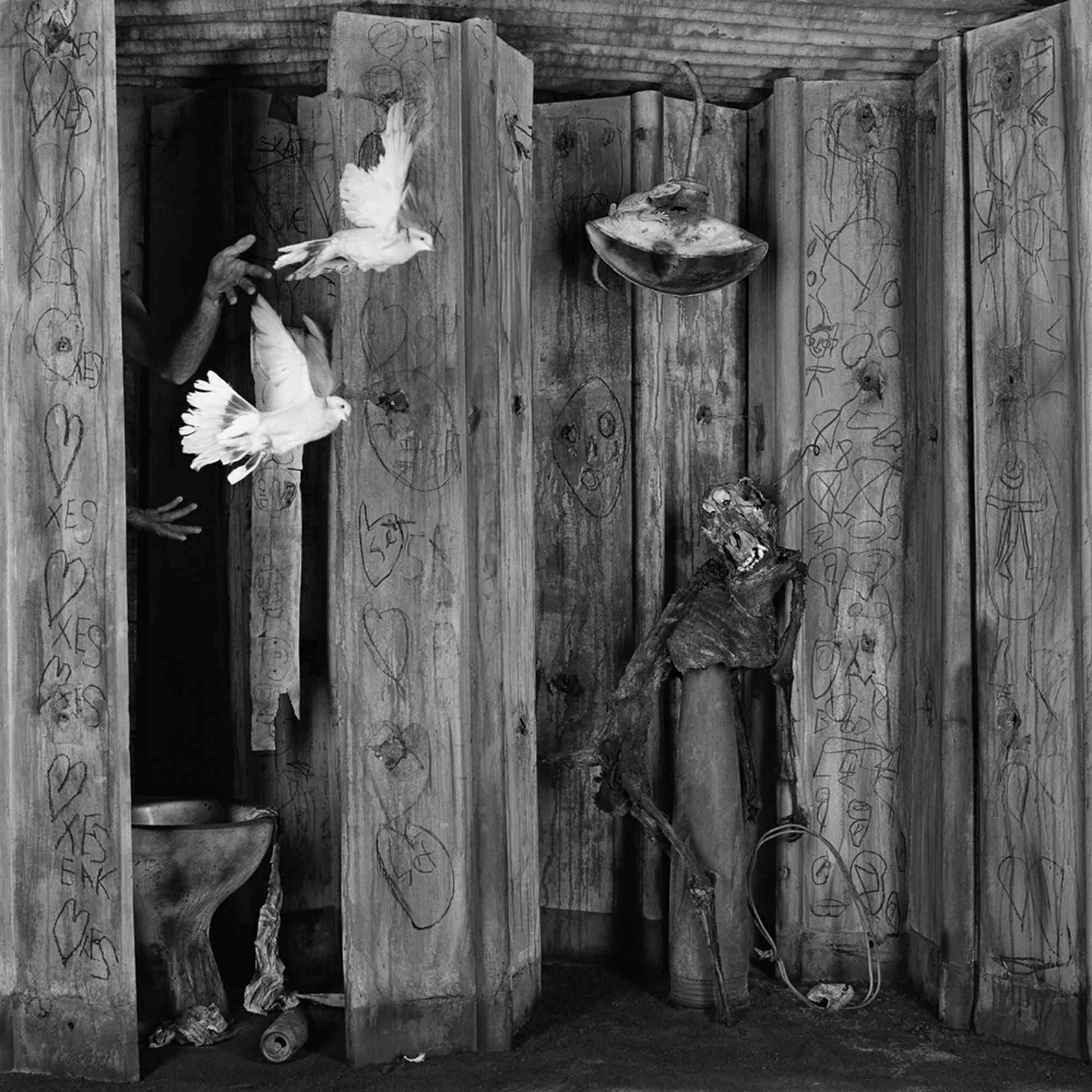
And on the other hand, it is said that, approximately two thousand three hundred years later, Pablo Picasso, visiting the cave of Altamira, exclaimed: “After Altamira, everything is decadence! ”
It deserves to be underlined how, between amazement and admiration, in front of the hands painted on the walls of the cave, he had with indisputable clarity the intuition of the crucial moment in the history of art. Already twenty thousand years earlier, the invention of a figurative world was born from the representation of the human body. And, more precisely, of that part of the body that is given only to man.
Thus, following the footsteps of Aristotelian analysis, we like to think that the hand is the gift of nature that manifests our intelligence. And, in harmony with Picasso’s enthusiasm, this intelligence is expressed, at its highest level, in the depiction of one’s humanity, of which the hand is the emblem.
This leads us to believe that the very origin of art coincides precisely with the need to represent the body as a symbolic image, capable of expressing what is desire and thought in us, in a word, spirit. Or, to put it differently, depicting the body in such a way as to make it a visible image of the mind. Paradoxically, as if what is most material, corruptible and transient, home to the ephemeral and contingent, was the subject which, transfigured by the artist’s operation, could more effectively cross time to tell us who we are and, above all, who we would like to be.
In this sense, re-making our body seems to be the first task of art, in its effort to re-make the world.
And in fact, from Polykleitos to Michelangelo, from Caravaggio to Goya and Blake, up to Bacon, Abramovic or the Chapman brothers, the representation of the human figure has always been responsible for expressing both the ideal vision and the social caricature, the tension towards the divine as the attraction for the profane, the psychological sphere as political aspirations. Heaven and Hell, Eros and Thanatos, Self and World, reunited in a single entity made of flesh and bones, muscles, skin, blood, gaze, expression, shadow. A figure with a physical appearance and a metaphysical substance.
With a simple and resolute gesture, Altamira’s hand ruffled the waters of Narcissus’ pond. It pushed us to leave aside that academy that gets lost in the reflections of self-contemplation. It revealed to us that art is the practice with which humanity attempts to open its way in the world, through the creation of its own image and the invention of its different representations. And, finally, it led us to think that only an ethical perspective can give the work the depth that makes it absolutely something other than a simple decorative frill.
Either drawn, painted, sculpted, photographed or staged, the body has established itself as the privileged subject to tell the story of the search for identity, pleasure, pain, revolt, faith, love, madness and also art. And the representation of its parts, not approved by purely formal criteria, transformed them into emblems. At the same time embodied elements of an ideal system of values, places of thought and objects of sensation and feeling.
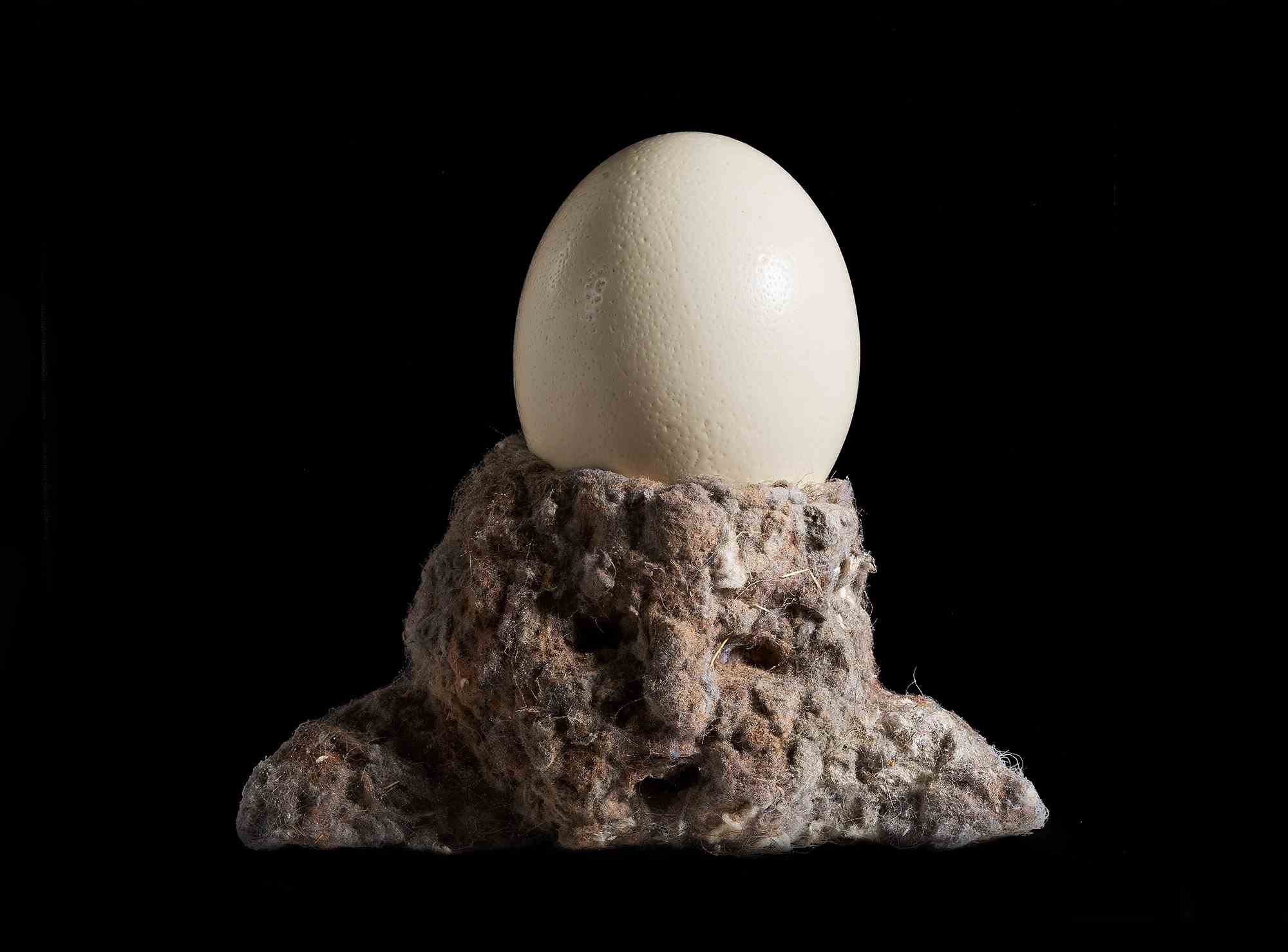
Starting from the skin, it is the tangible border of the person on which the signs of seduction are traced with make-up, the wounds of the violence suffered are engraved like graffiti, or the ideograms of a person are tattooed, as if written on a parchment. The face, the head, the skull, seats of expression and consciousness, make memory and oblivion visible, the perenniality of ideas and the transience of individuals. Flesh and muscles lock the gaze to arouse the desire of a moment, or show strength and fatigue, transforming themselves into metaphors of a historical dynamic. The blood and bones, the most internal thing there is in us, narrate the eternal opposition between the unstoppable flow of life and the white dryness of death.
And then, the human figure as a whole, successively exploring the self, nature and society, undergoes a series of metamorphoses and becomes an animal, landscape, shadow, mannequin, and even an industrial object. Because the power of images is also to generate other images, and to push the mind to delve more deeply into itself, into the terrain of dreams or along the paths of analogy.
In this way, the invention of an erotic, mystical, political, hermetic or dreamlike body reveals itself as the instrument thanks to which art manages to express life with that communicative universality and that immediate concreteness of which every other language is lacking.
At this point the problem of form no longer seems necessary to exist.
From the delicate evanescence of the pencil to the brutal physicality of the performance, the expressive medium is in reality only the door through which the subject passes, to present itself in the most favorable light. Neither an all-encompassing brand, nor an accessory, but more simply a functional element that serves a whole and is an integral part of it. Obviously, this in no way implies that the artist’s work must be reduced to the slavish illustration of a moral dictate, but, rather, that only works nourished by a strong moral tension towards life can be truly relevant from an aesthetic point of view, whatever their method.
“Body and Soul” is aimed at the hypothetical visitor of the exhibition, so that they can rediscover the learned innocence of Aristotle’s thought and the wise wonder of Picasso’s gaze. Be strong and resist the sirens of our time, returning to look at the works for what they contain and not for what has been impressed on them. So that they look for the meaning of life in art and do not spend their lives looking for the meaning of an art that has no meaning.
Related artworks
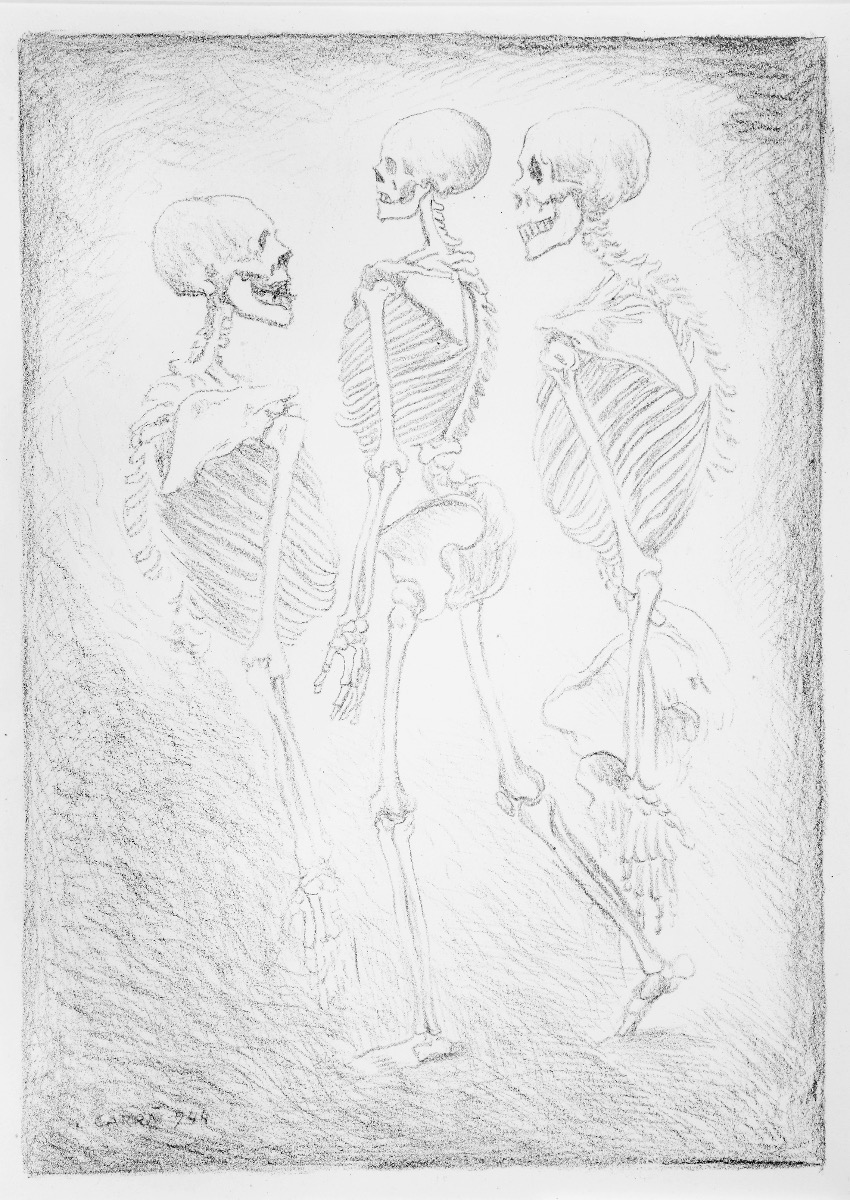
Danza di scheletri
Carlo Carrà
Lithograph
1219€
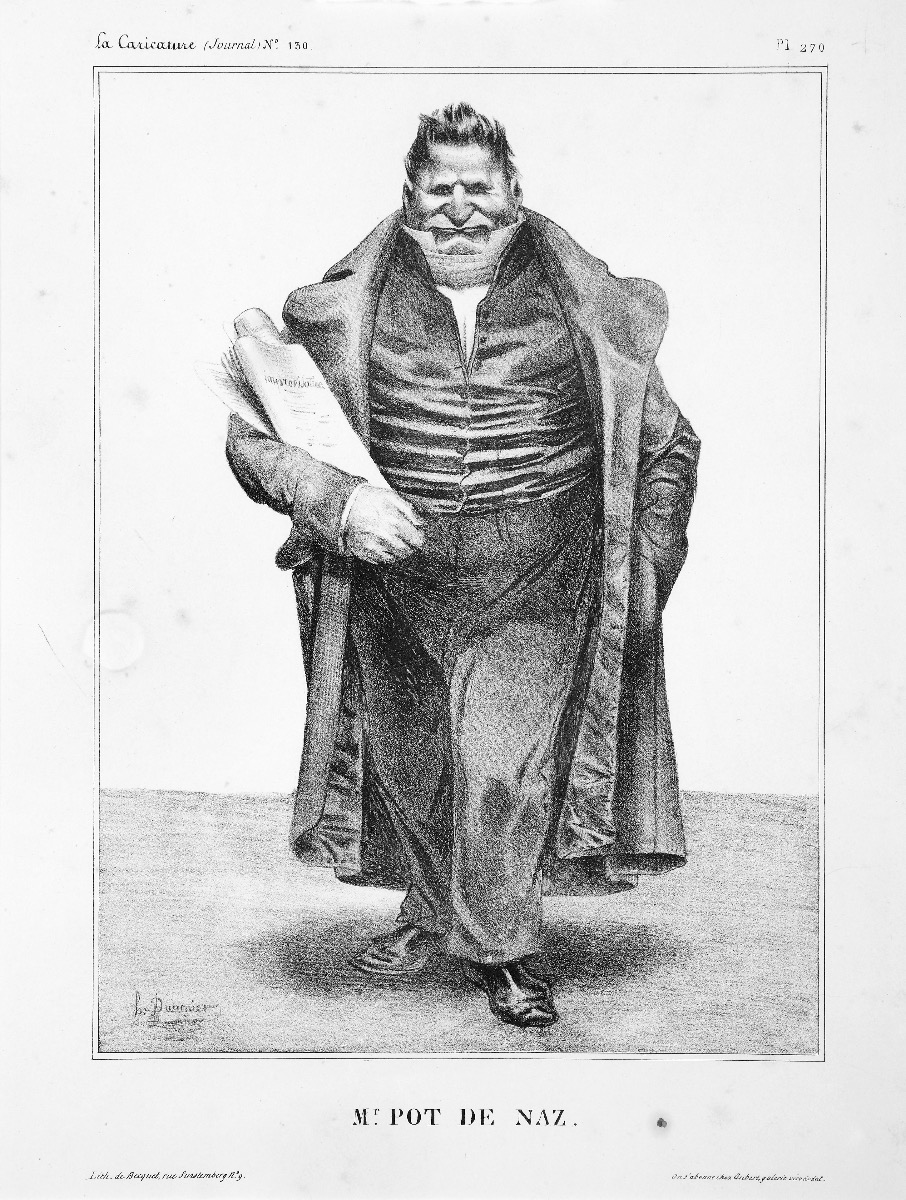
M.Pot de Naz
Honoré Daumier
Lithograph
375€
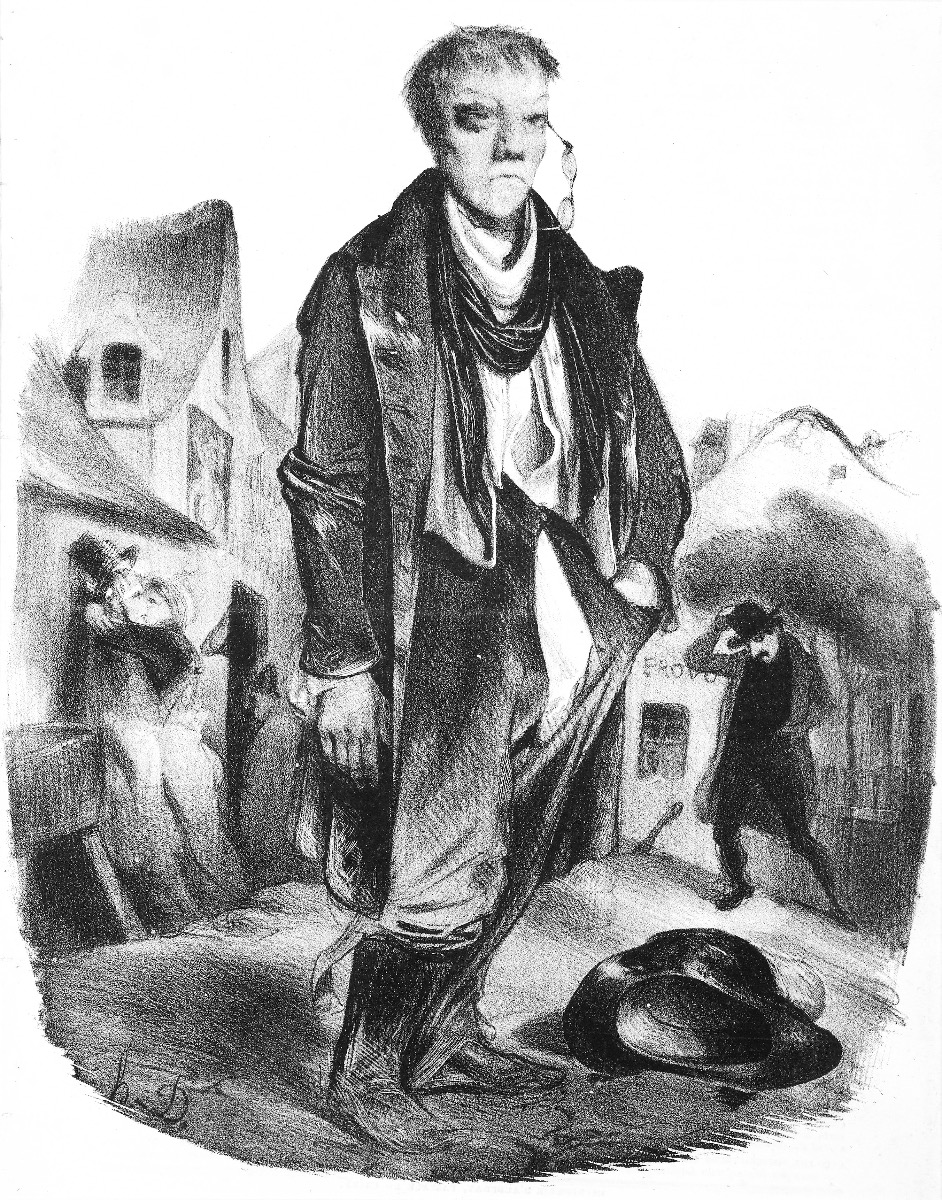
L’îvrogne
Honoré Daumier
Lithograph
244€
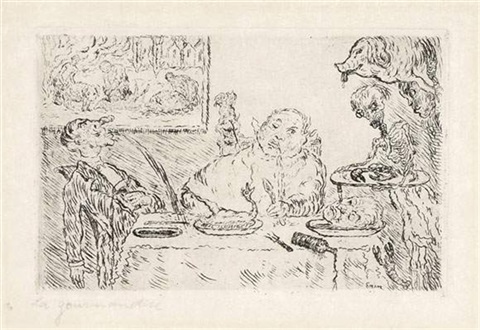
La Gourmandise (Gluttony)
James Ensor
Etching
8600€
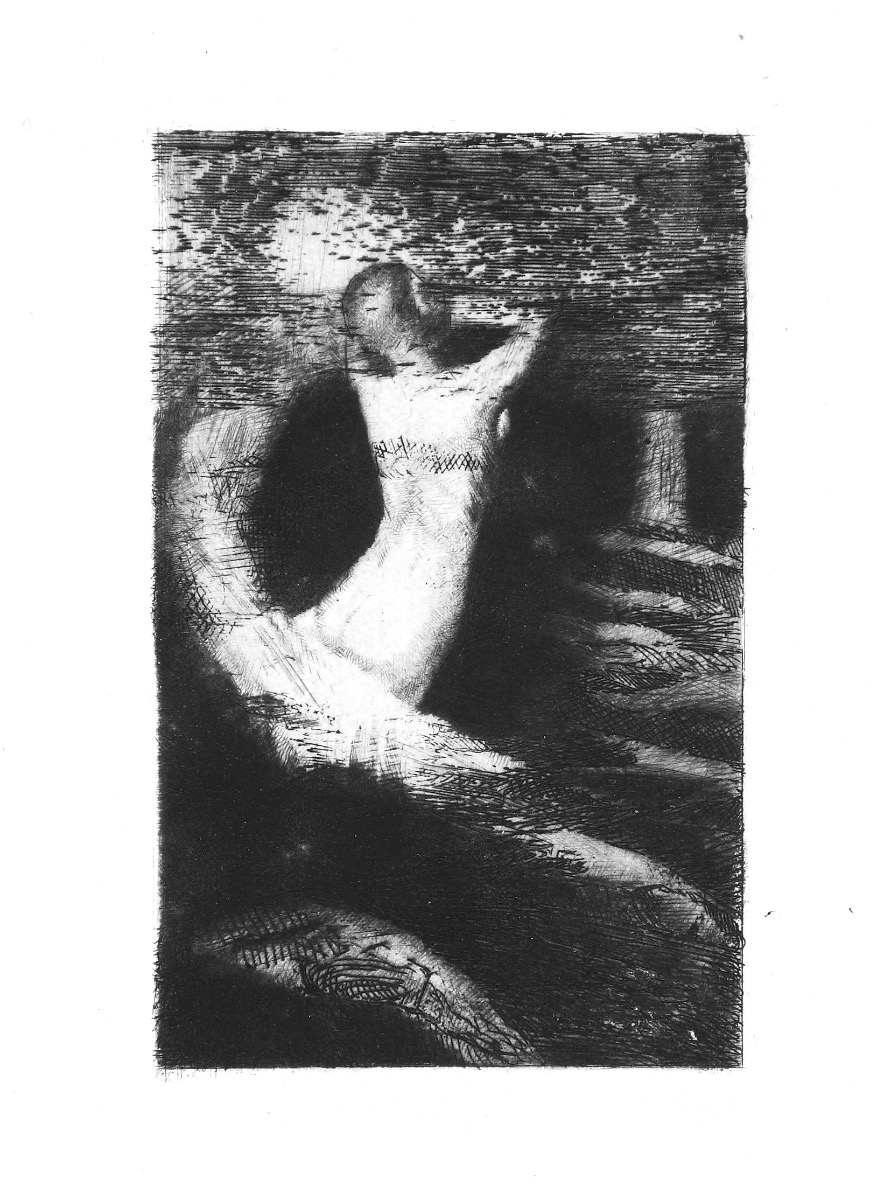
Passage of a Soul
Odilon Redon
Etching
1219€
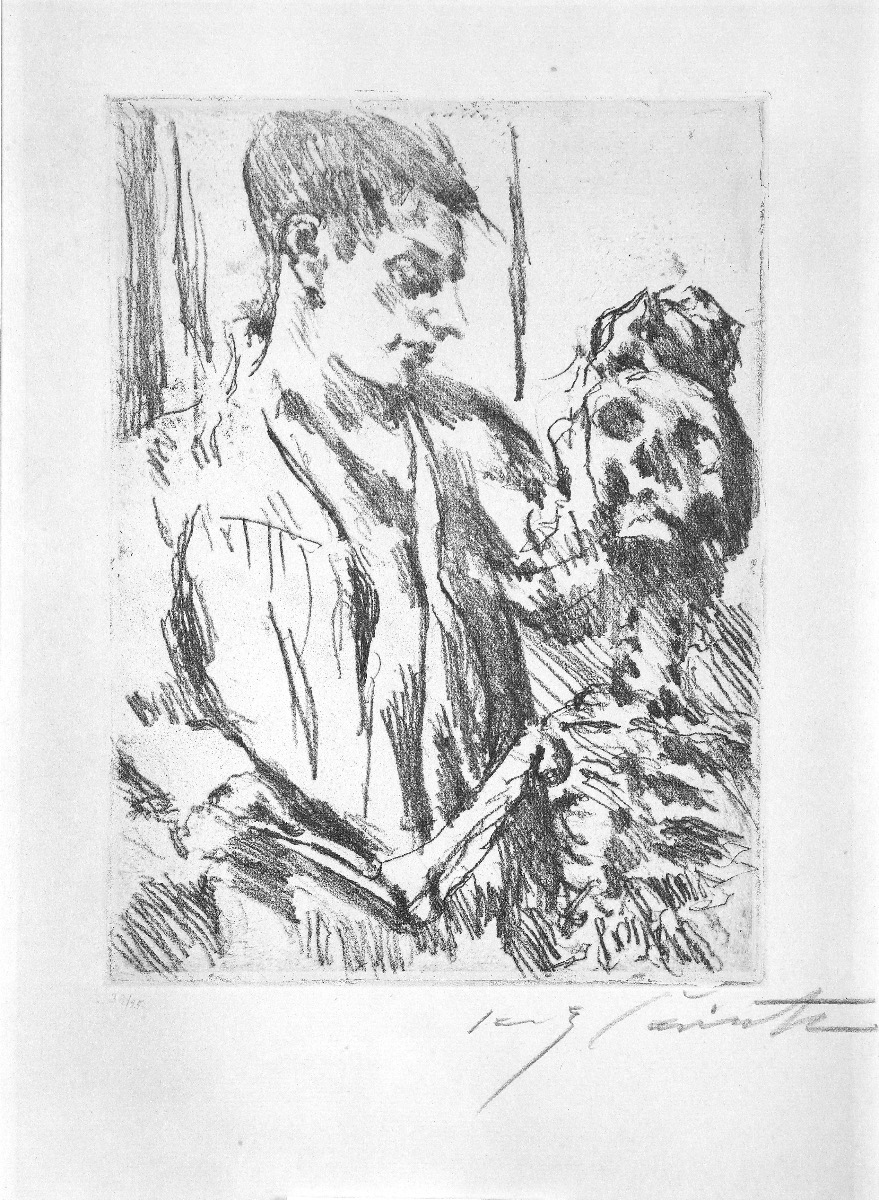
Tod und Jungling
Lovis Corinth
Lithograph
975€
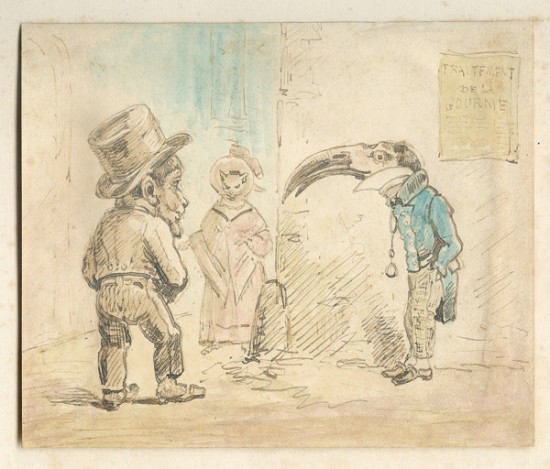
L’amour Croise des Races
Jean Jacques Grandville
Drawing
5606€
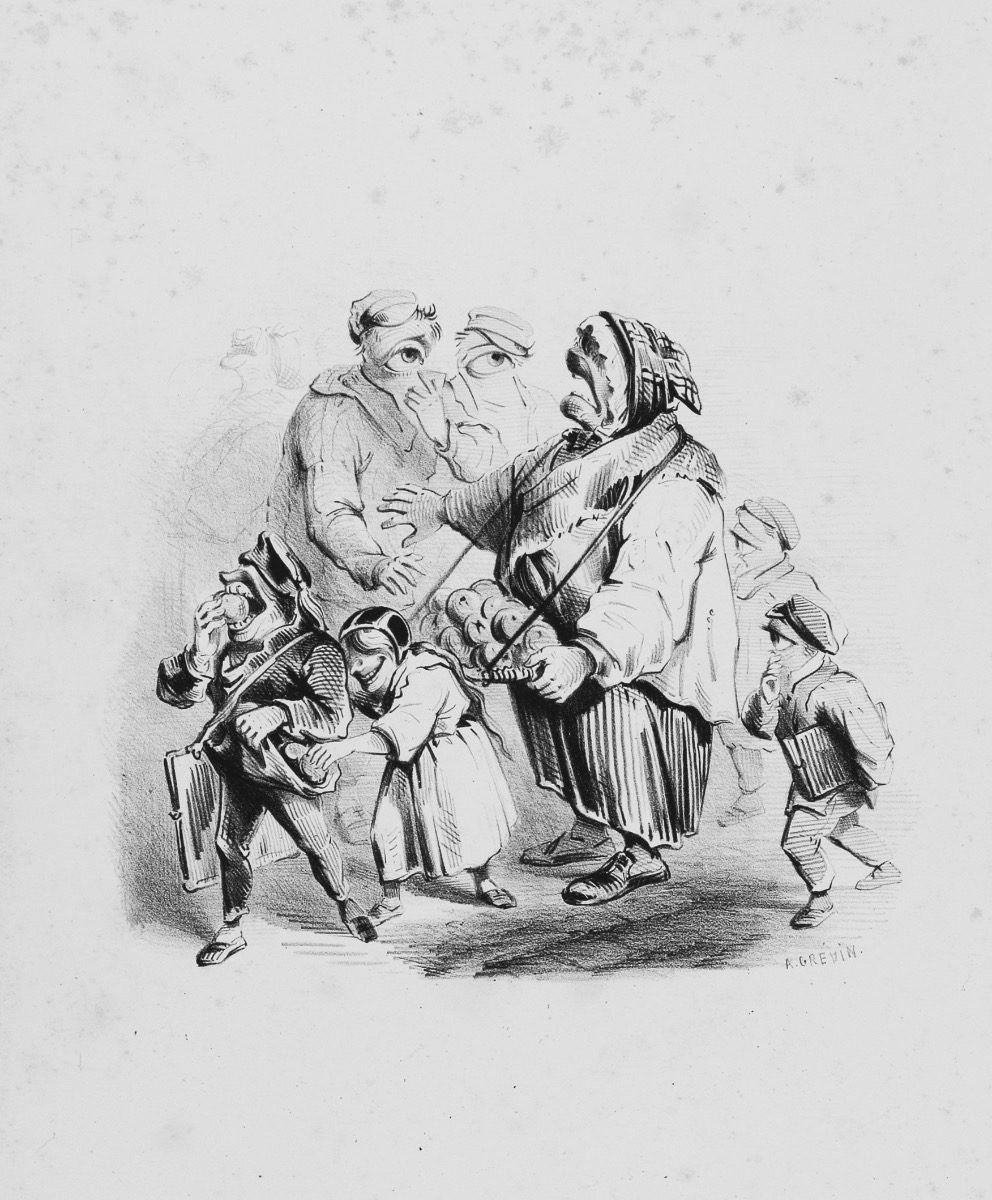
Monorganorama
Alfred Grevin
Lithograph
562€
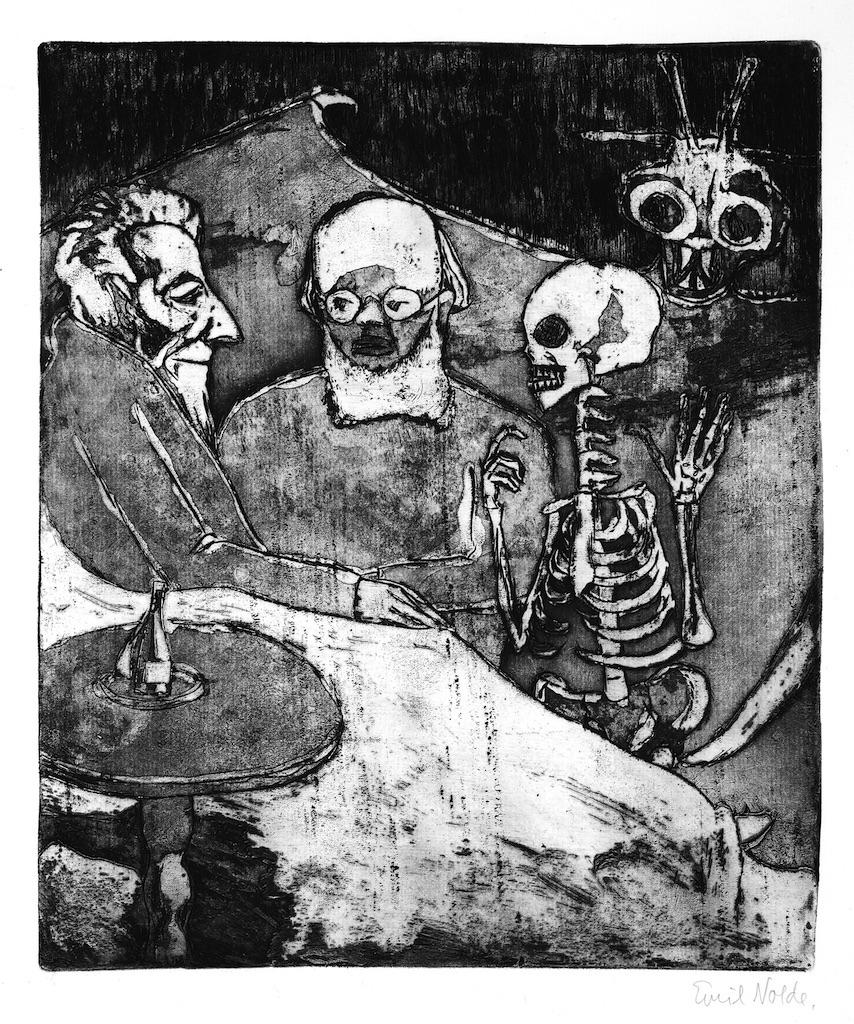
Sick man, Doctor, Death and Devil
Emil Nolde
Etching
15938€
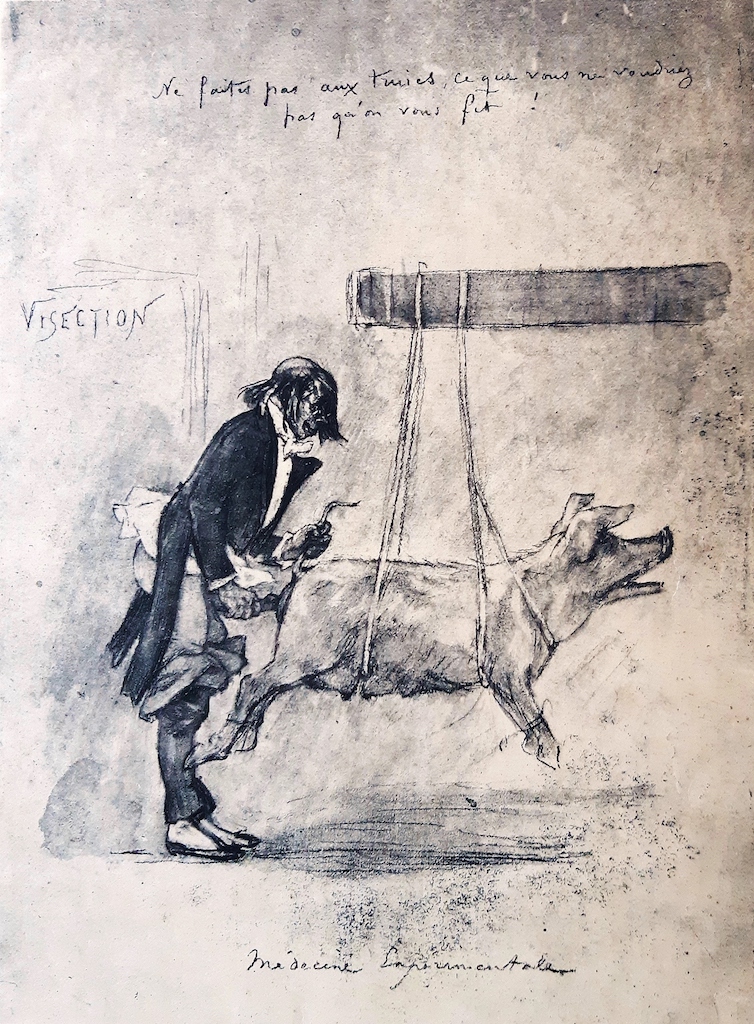
Médecine Expérimentale
Félicien Rops
Etching
938€
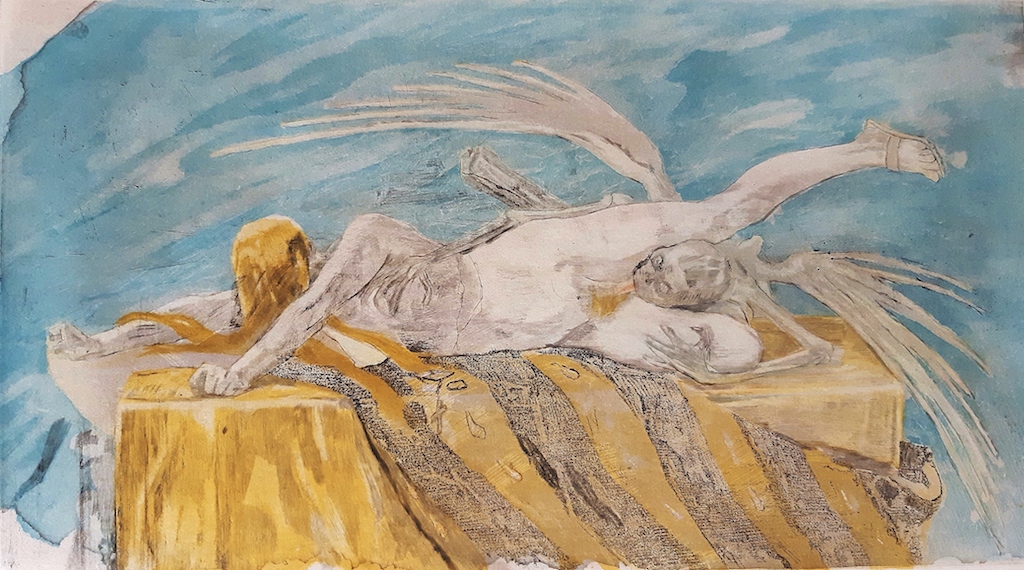
L’agonie
Félicien Rops
Etching
4875€
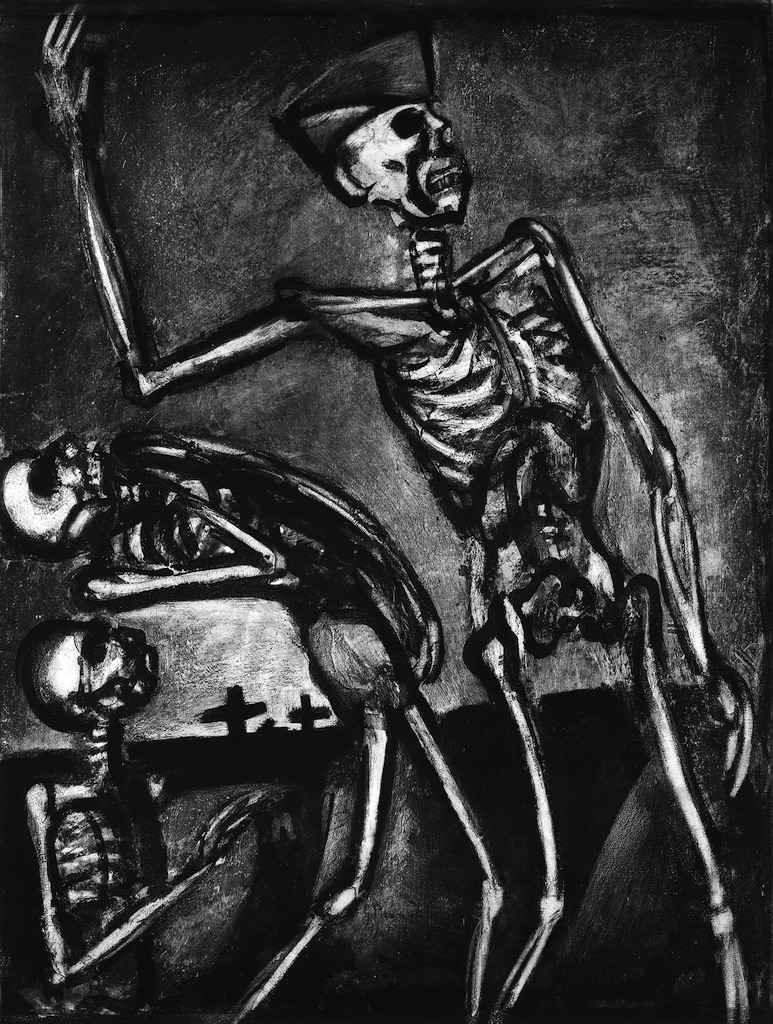
Debout les Morts
Georges Rouault
Aquatint
2438€
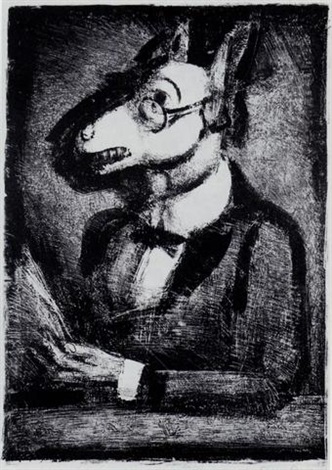
Aliboron (L'Ane)
Georges Rouault
Lithograph
2925€
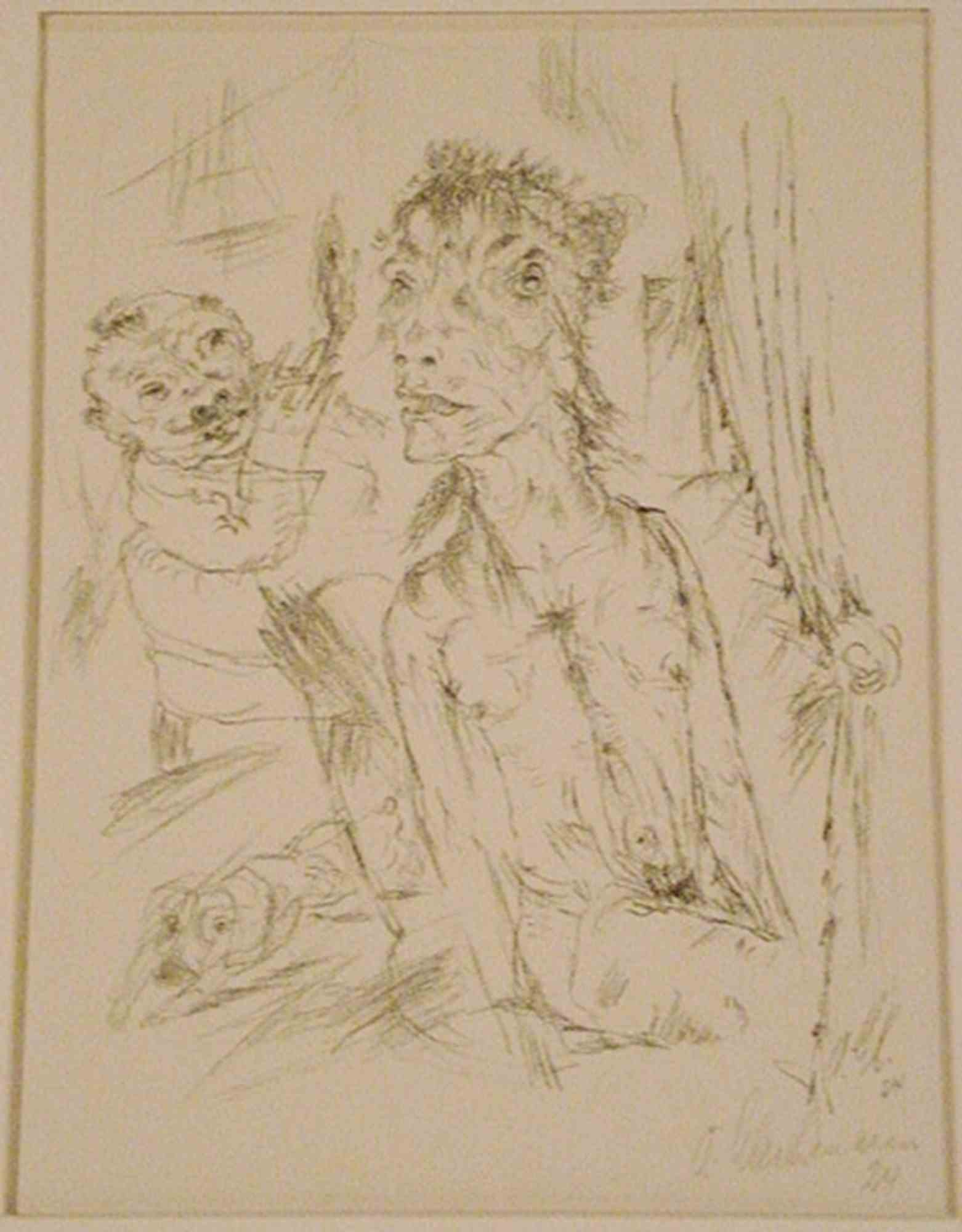
Bordellszene
Otto Gleichmann
Lithograph
1238€
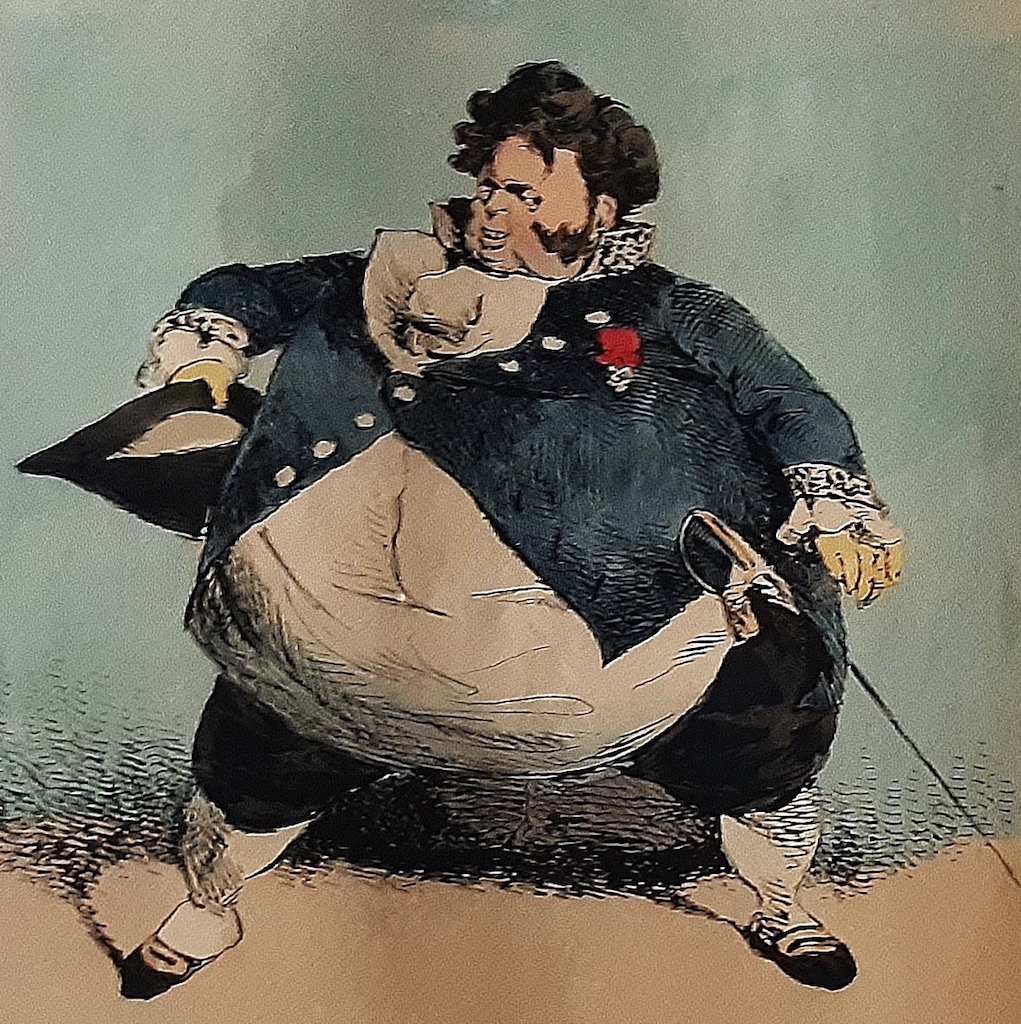
Une victime de l’ancien système
Henry Monnier
Lithograph
225€
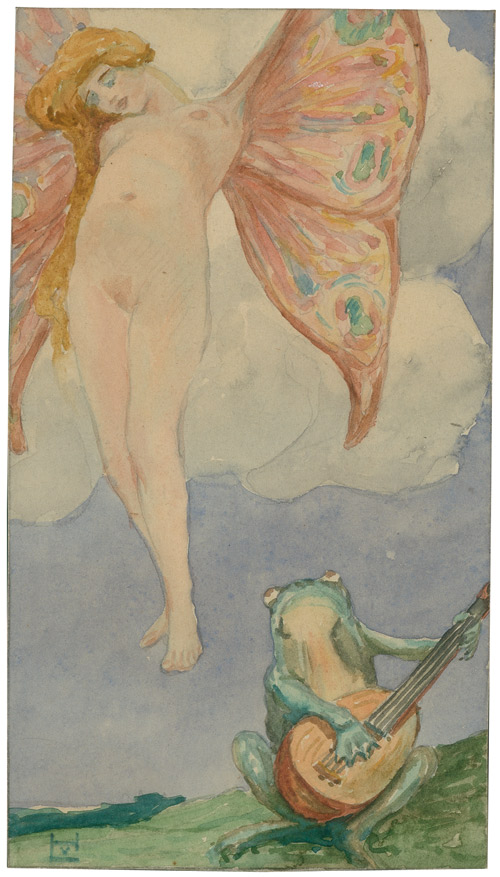
Frosch Serenade
Ludwig von Hofmann
Watercolour
1600€
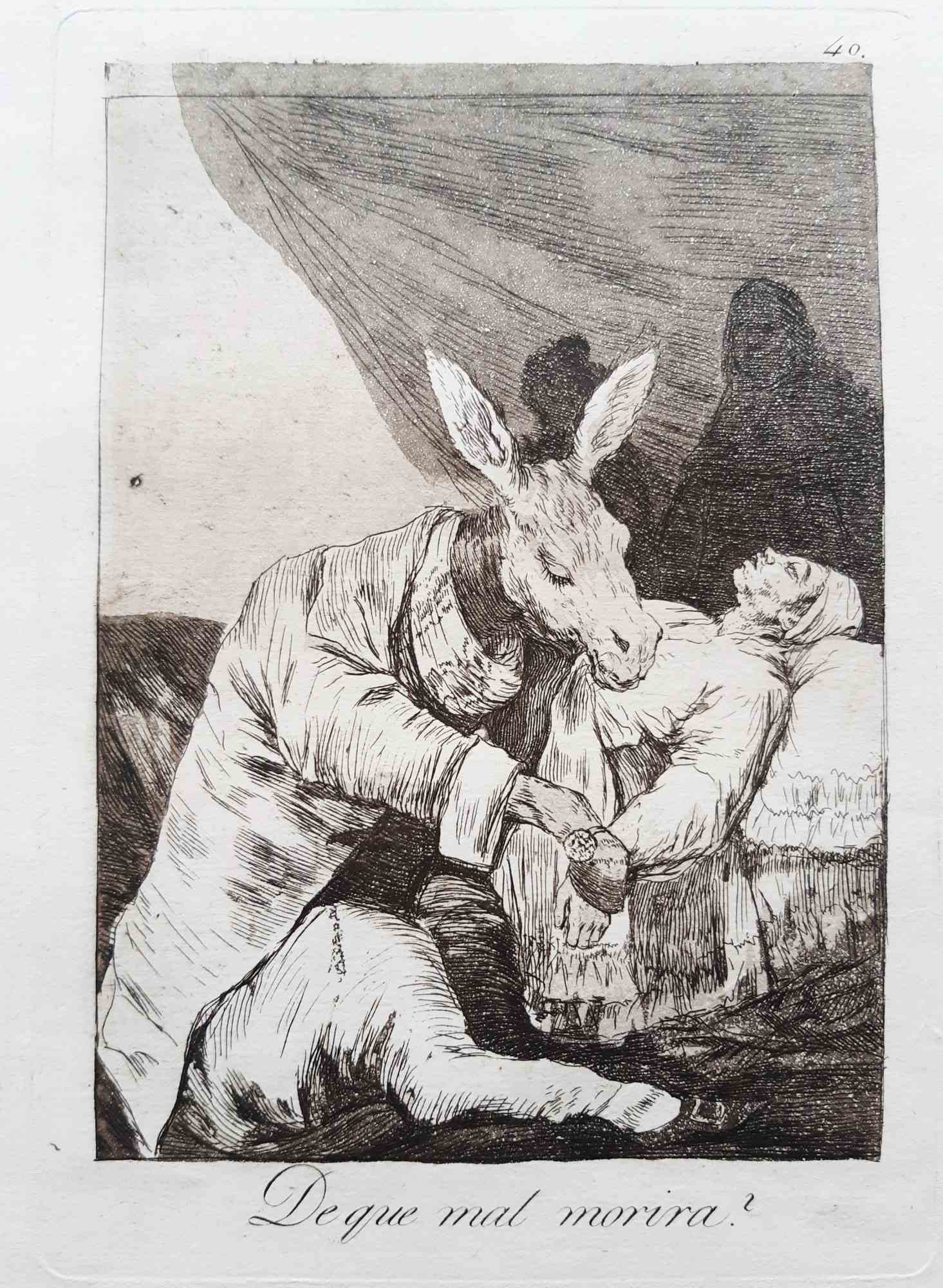
¿De qué mal morirá?
Francisco Josè de Goya y Lucientes
Etching
10400€
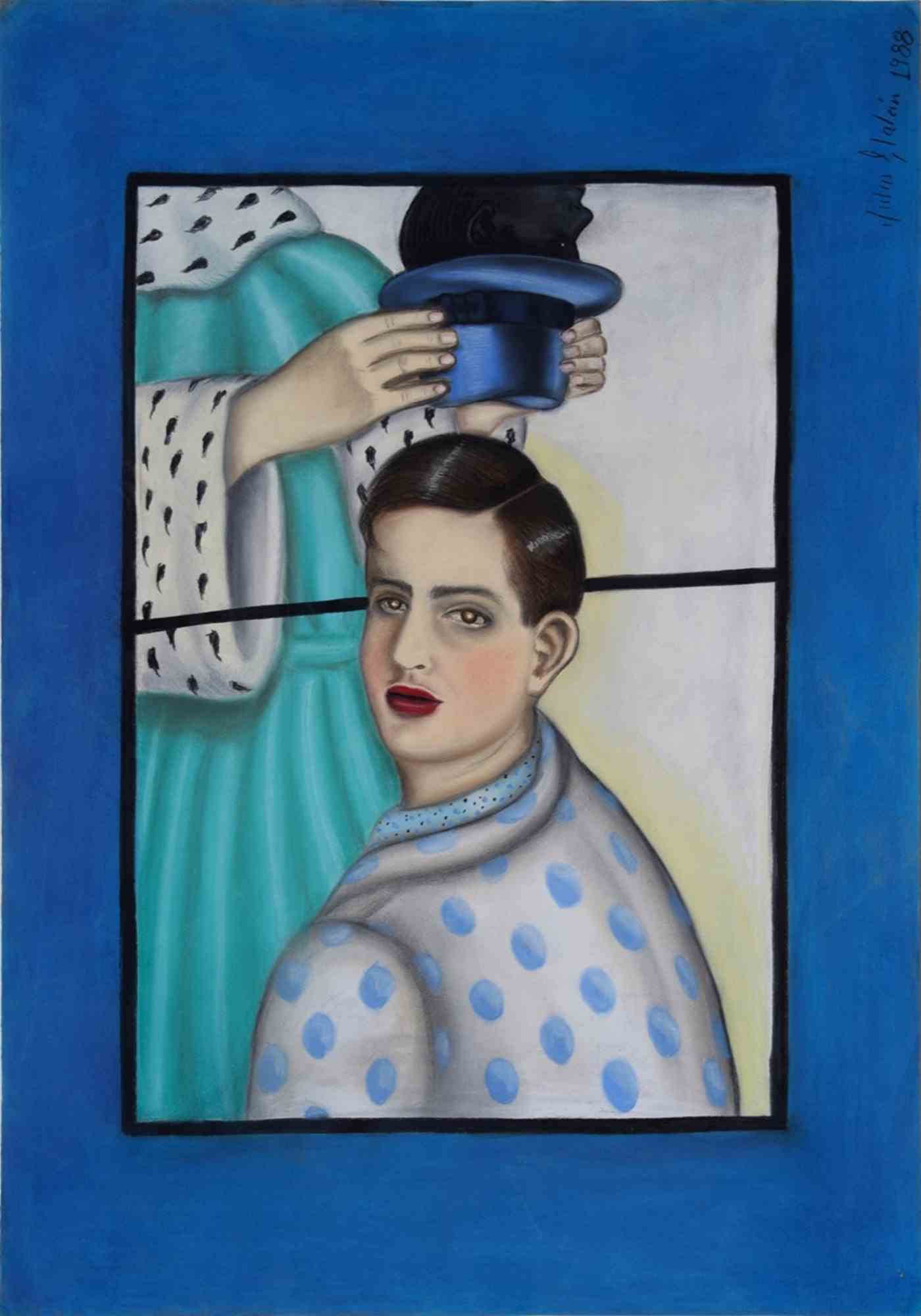
Untitled
Julio Galan
Pastel
36500€
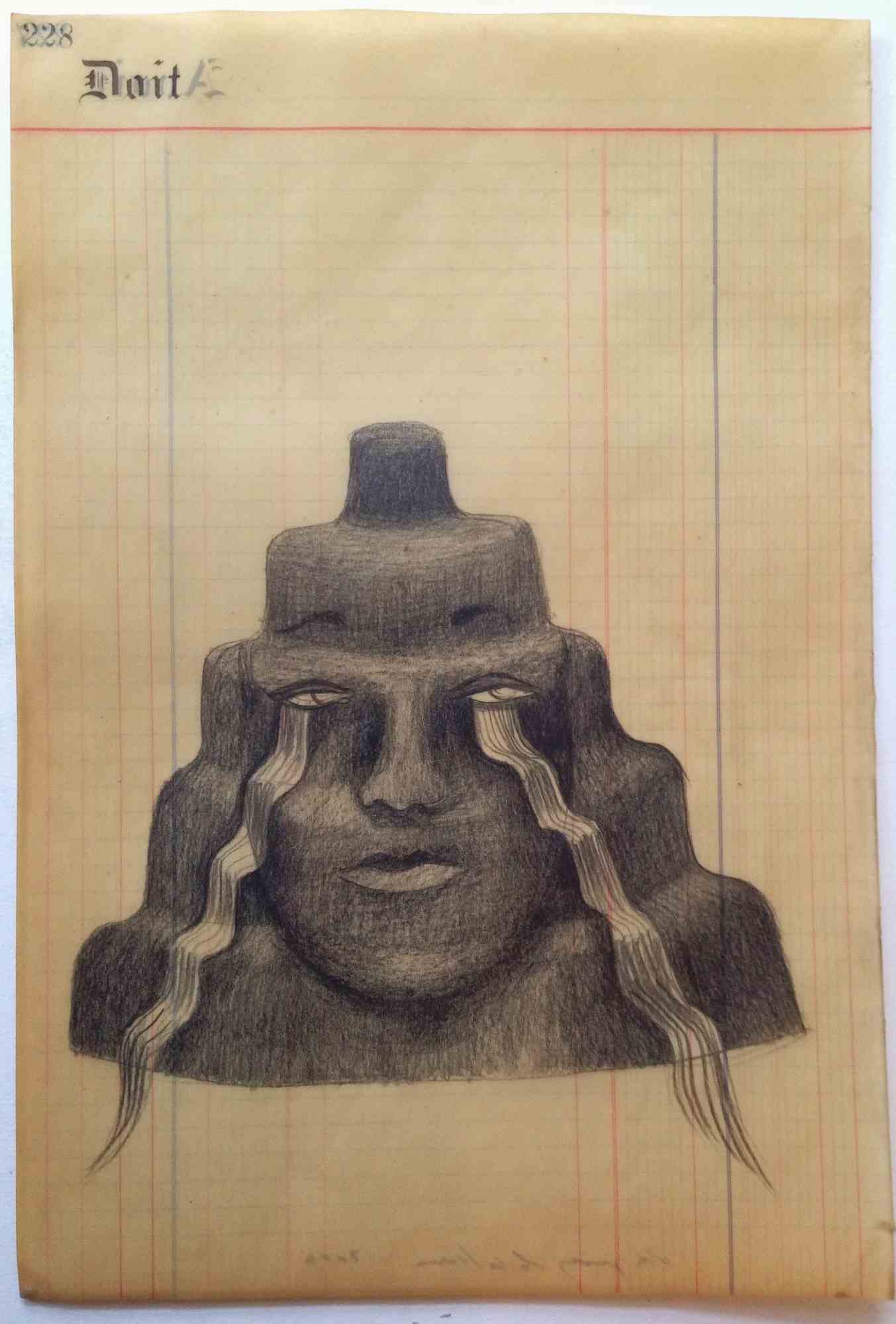
Llanto Piramidal
Sandra Vásquez de la Horra
Drawing-Pencil
5800€
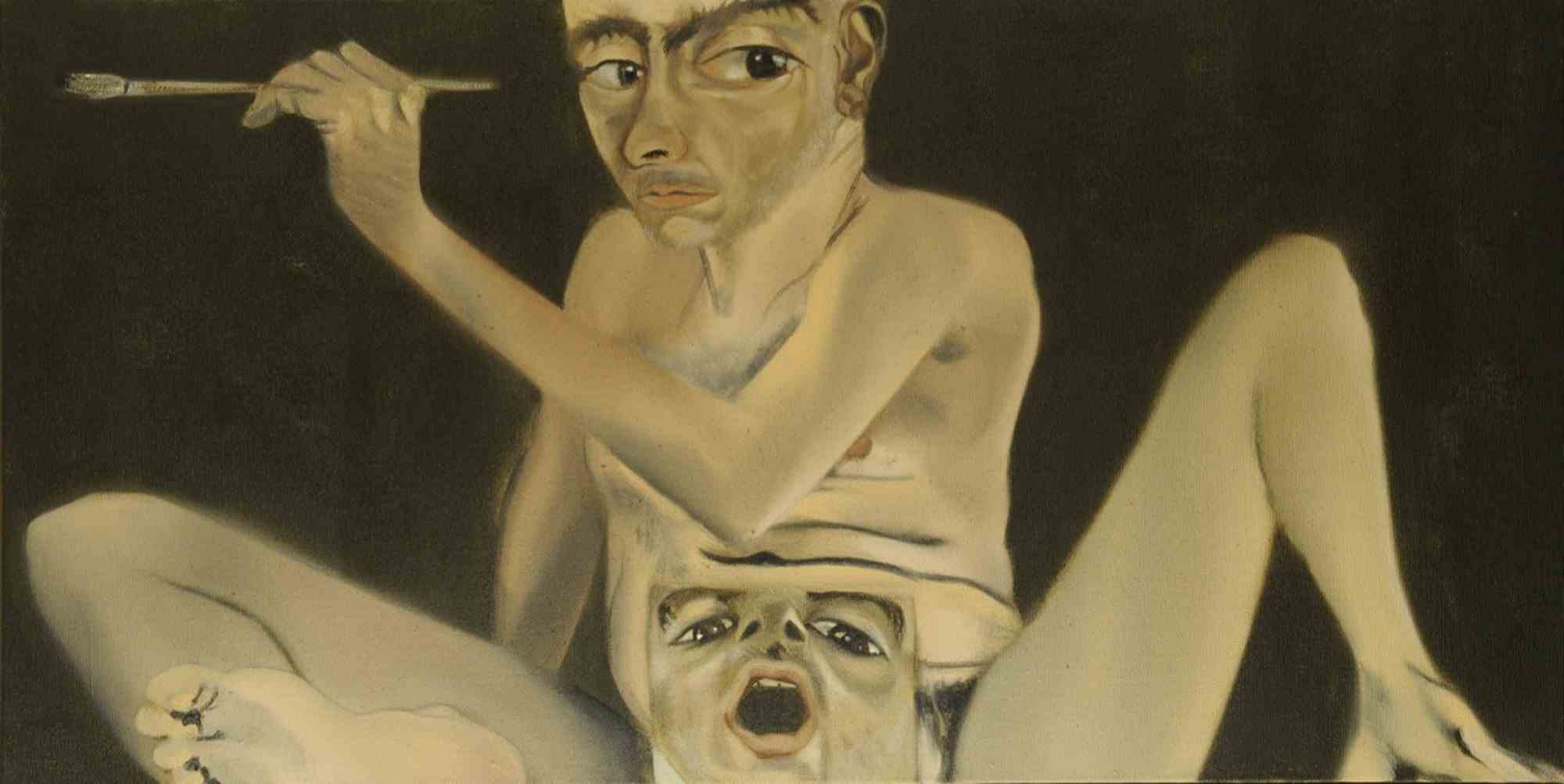
Self-Portrait with Mouth Open
Francesco Clemente
Oil Painting
210000€
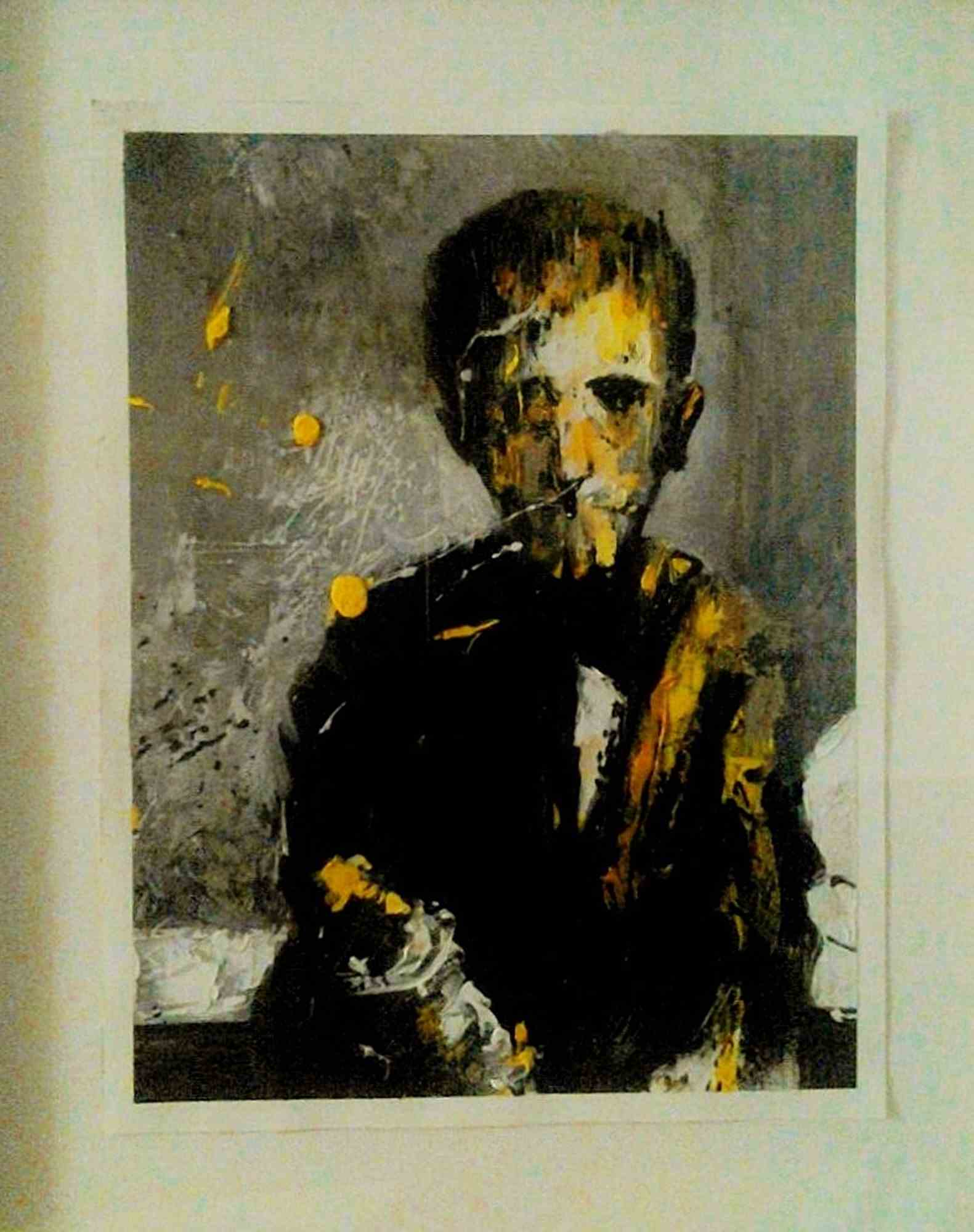
Un Visage
Emmanuel Bornstein
Oil Painting
5800€

Nude with Bull Head
Marina Abramovic
Photo
116000€
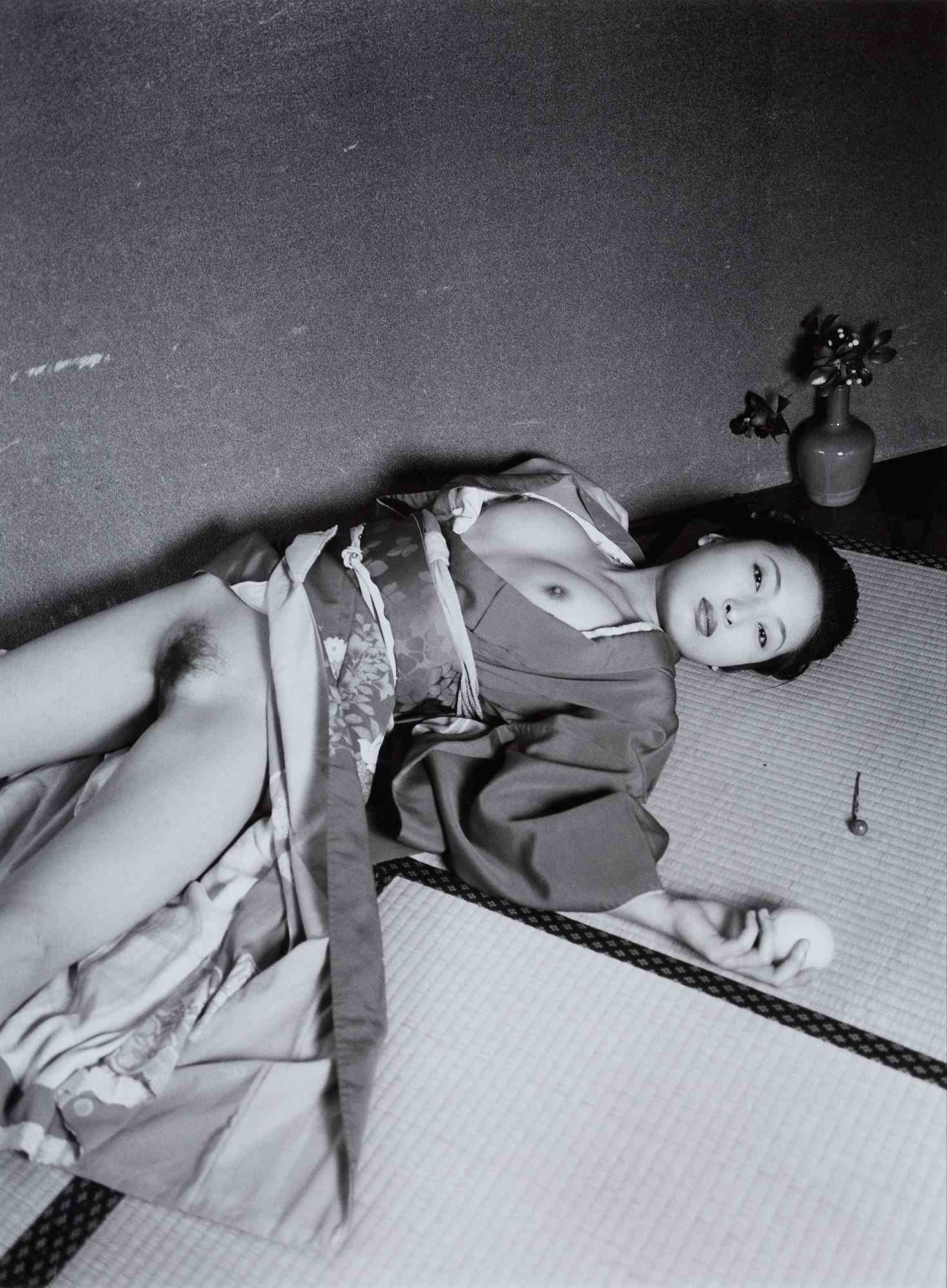
Mythology
Nobuyoshi Araki
Photo
22000€
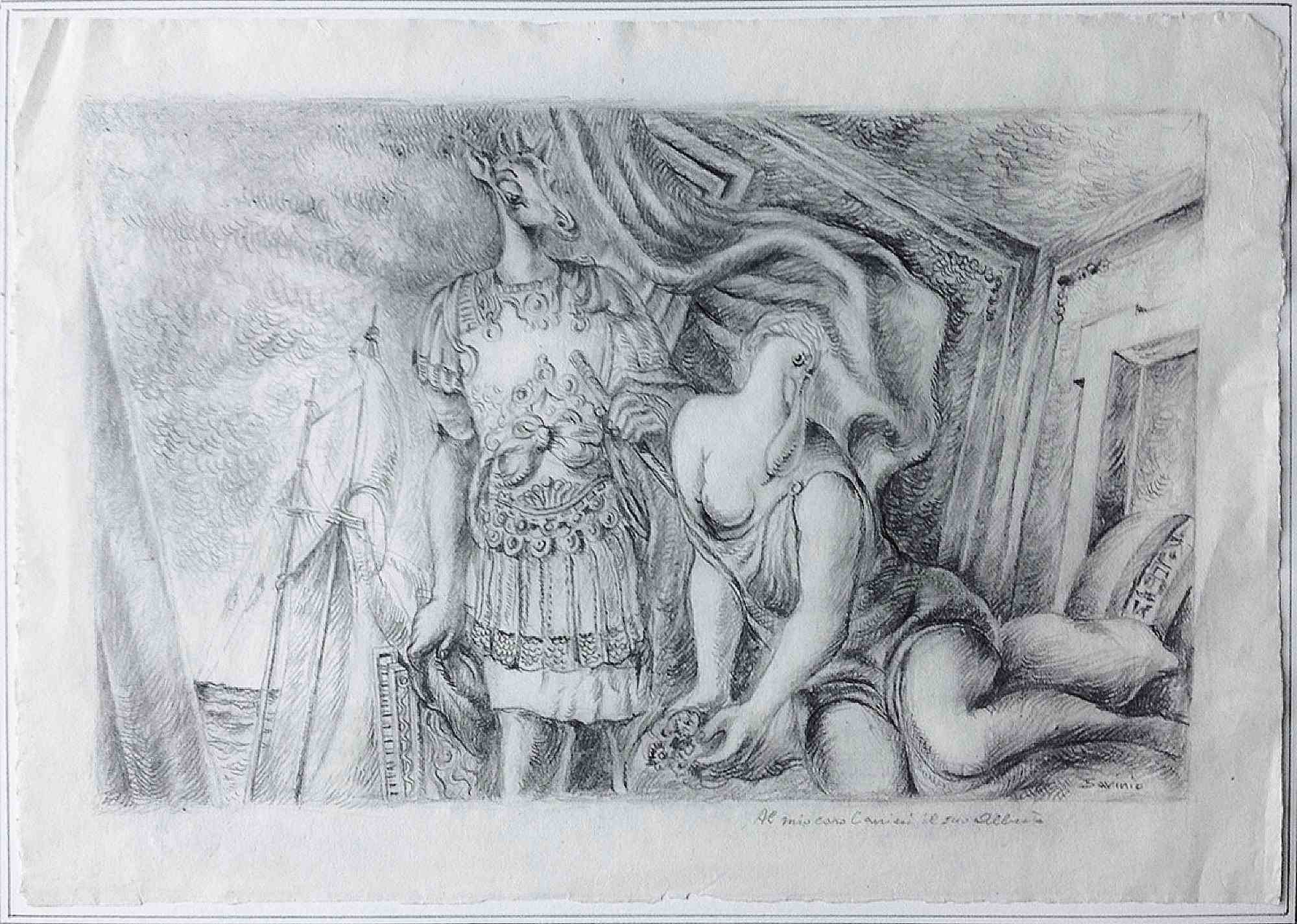
Enea and Didone
Alberto Savinio
Drawing-Pencil
46500€
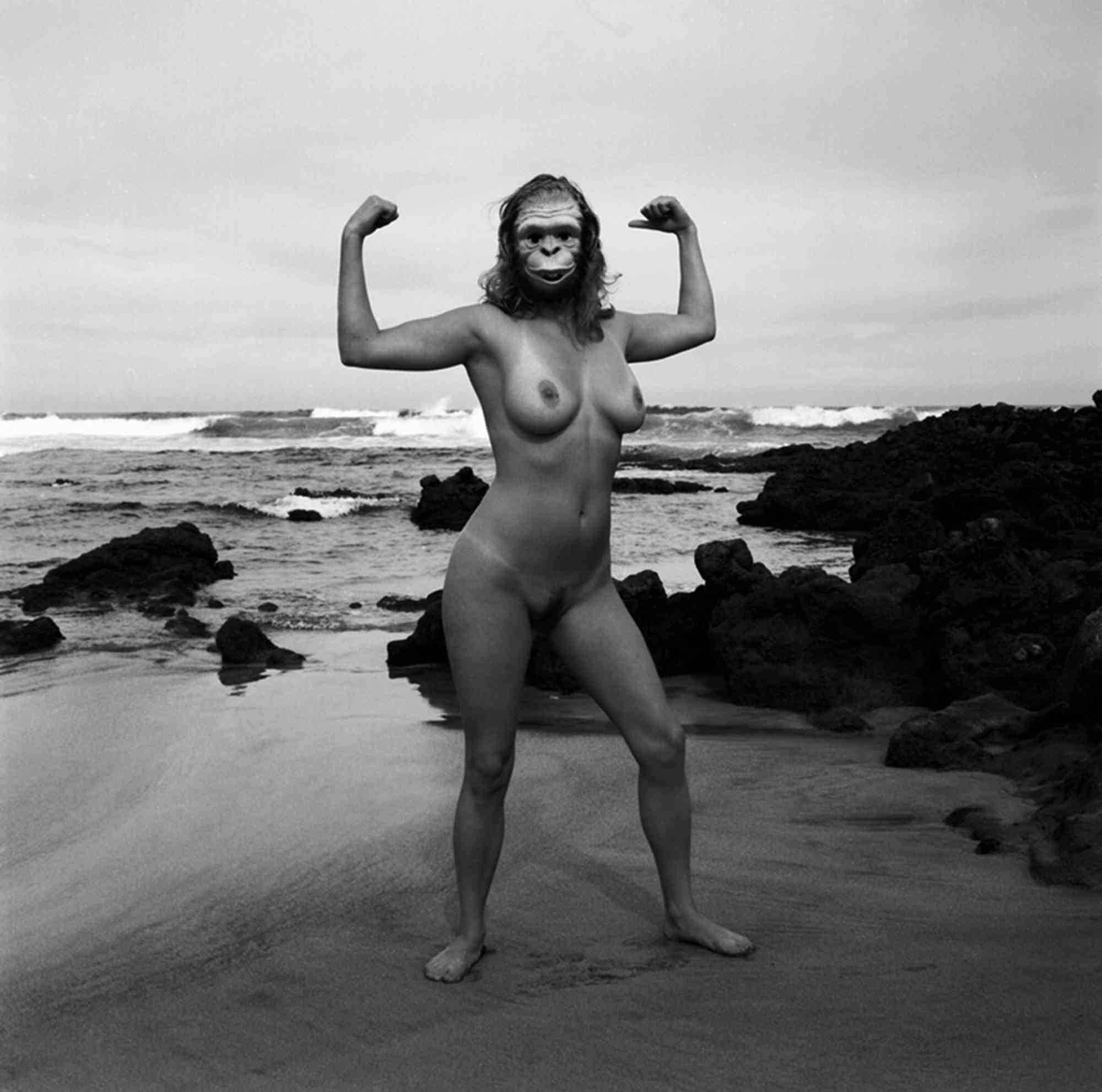
Paula on the Beach
John Isaacs
Photo
16000€
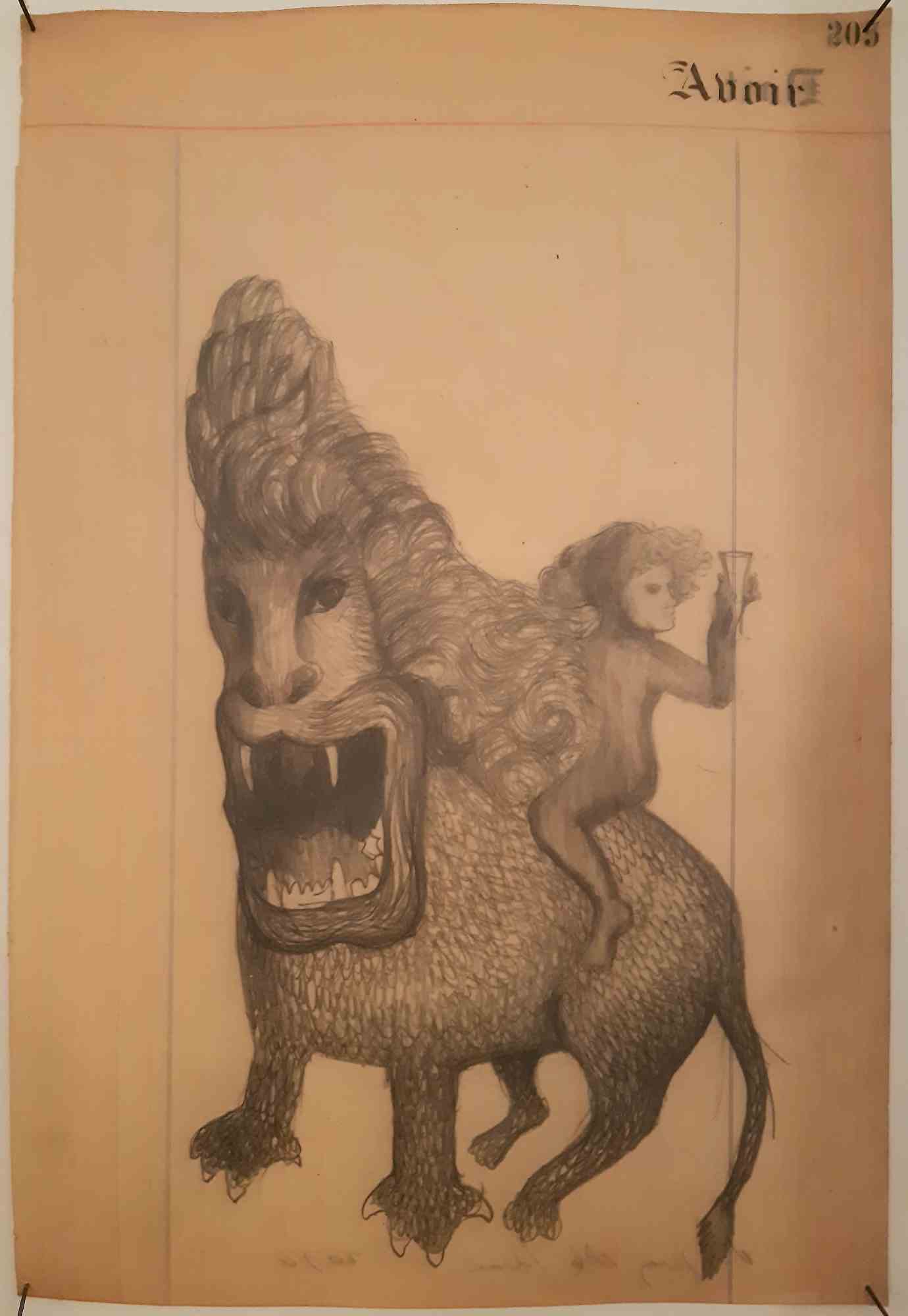
La Fuerza
Sandra Vásquez de la Horra
Drawing-Pen
6500€
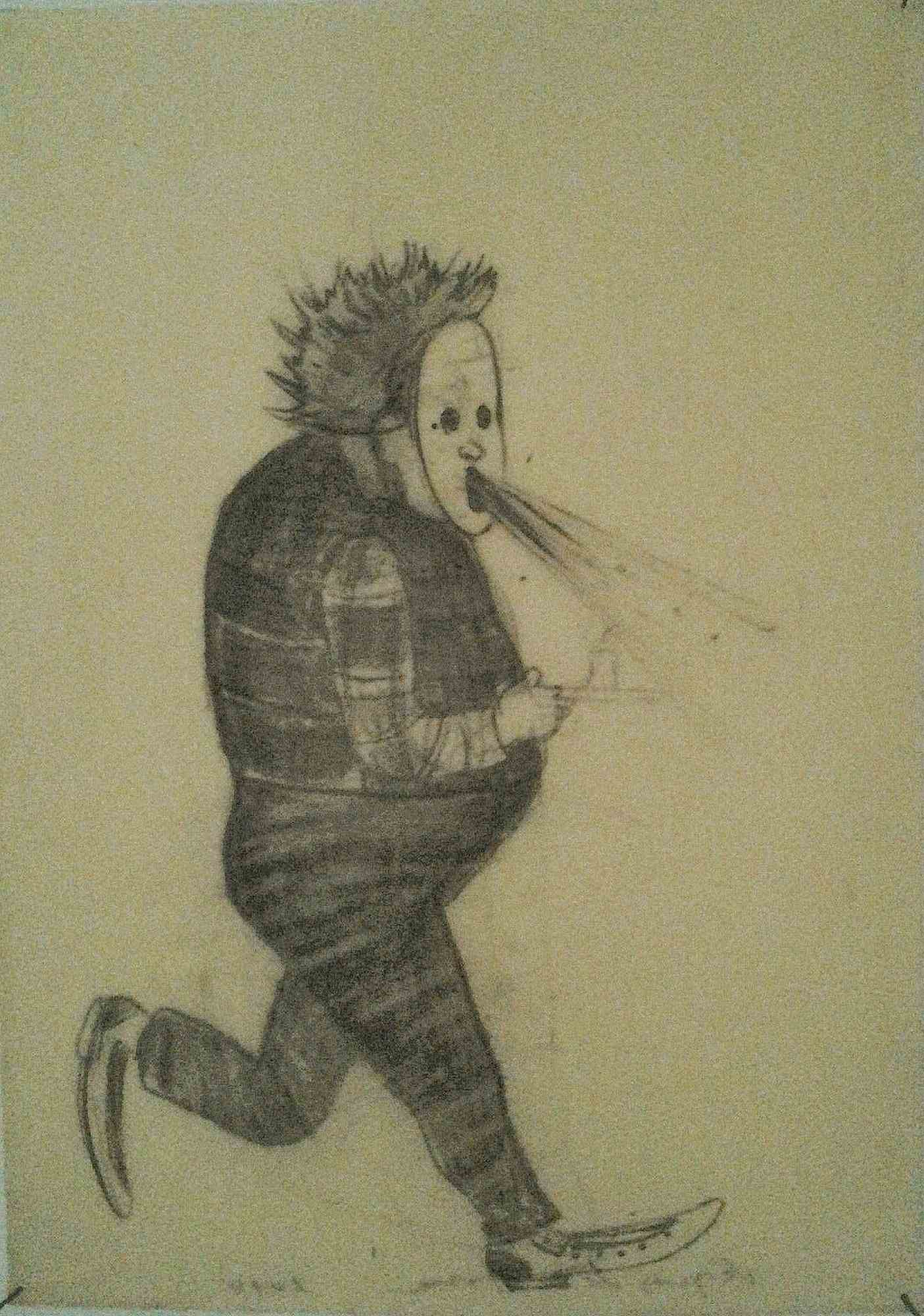
Baja la Mascara
Sandra Vásquez de la Horra
Drawing-Pencil
6500€
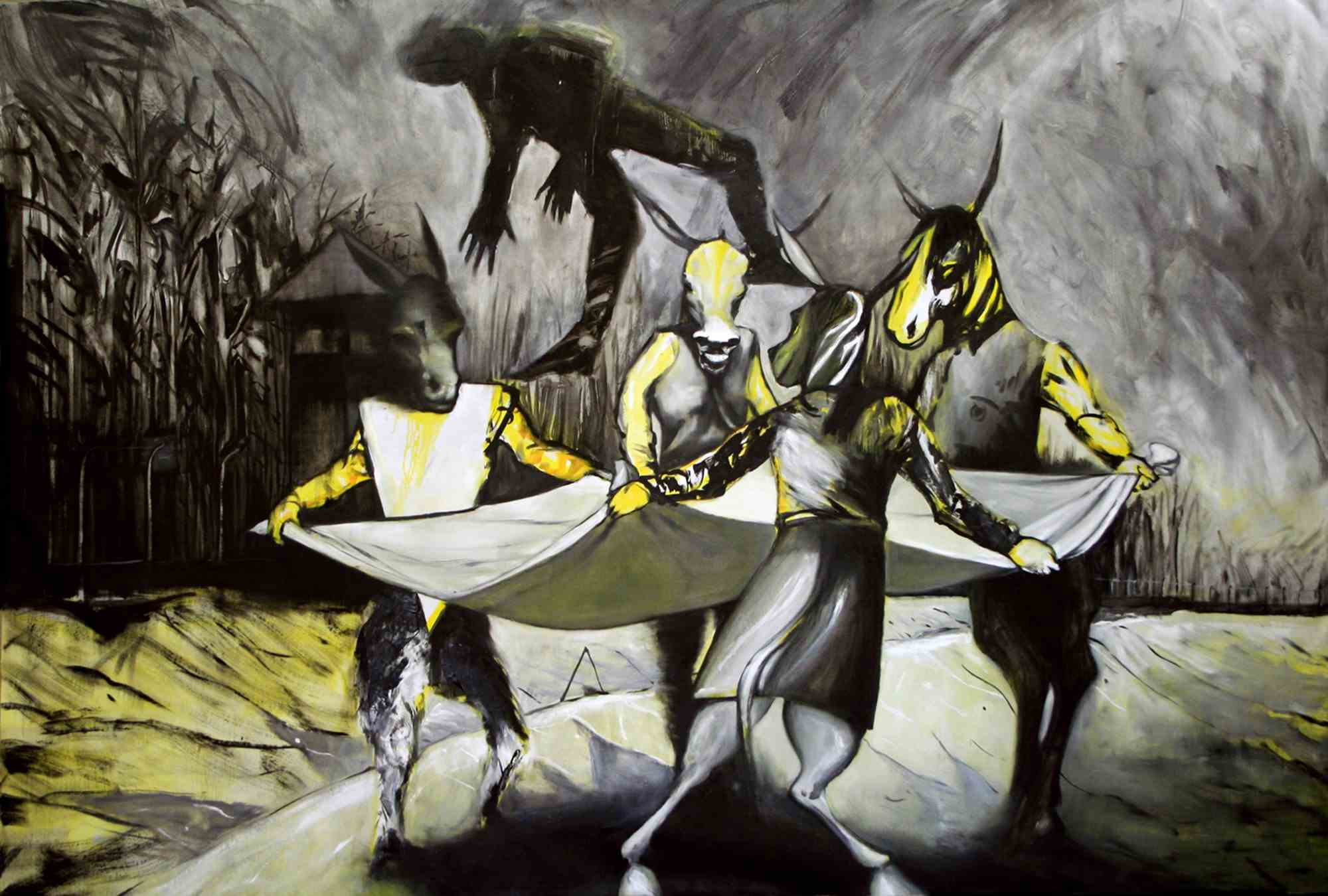
El Pelele
Emmanuel Bornstein
Oil on Canvas
10500€
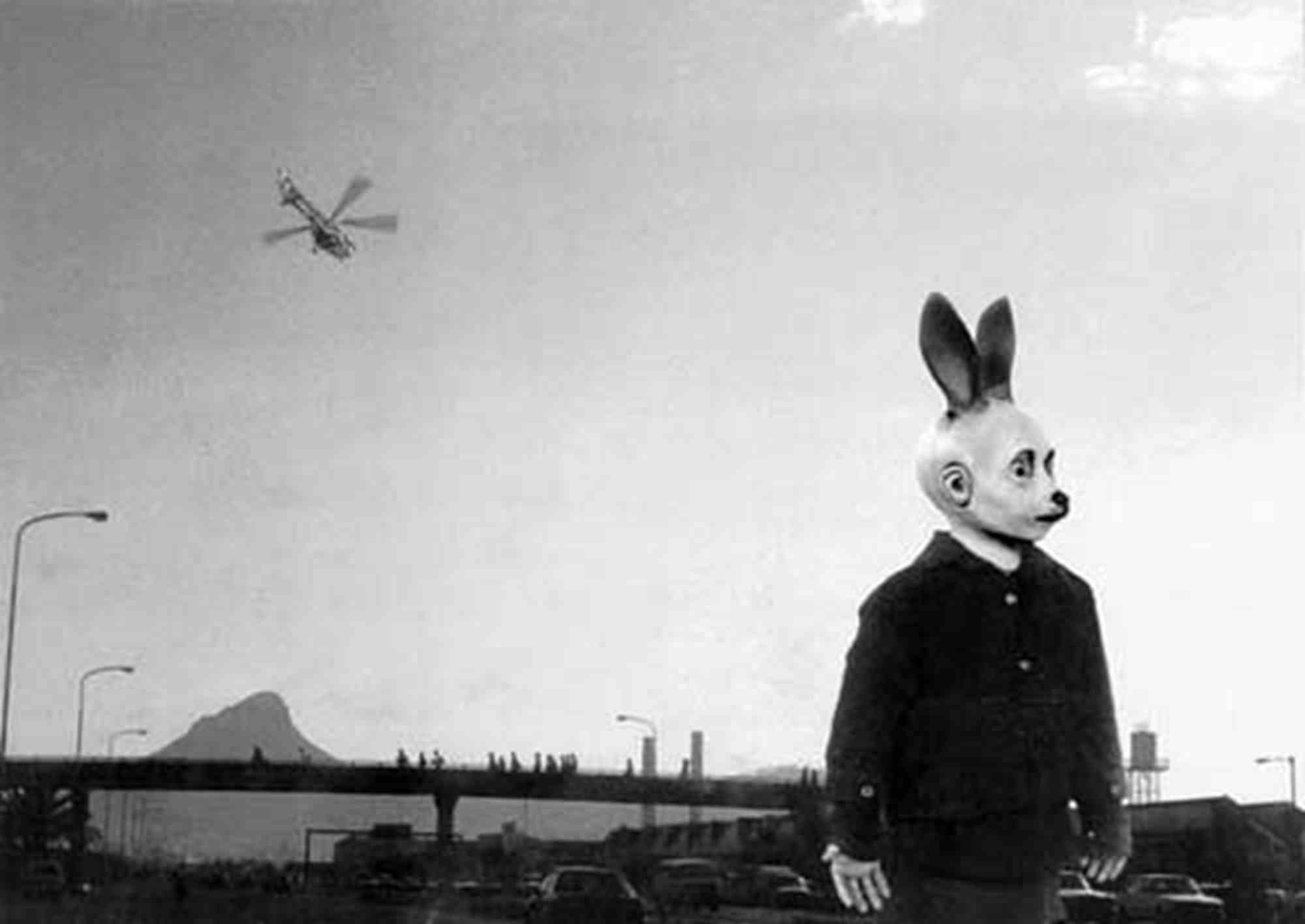
Bom Boy with Workers and Traffic
Jane Alexander
Digital Print
12000€
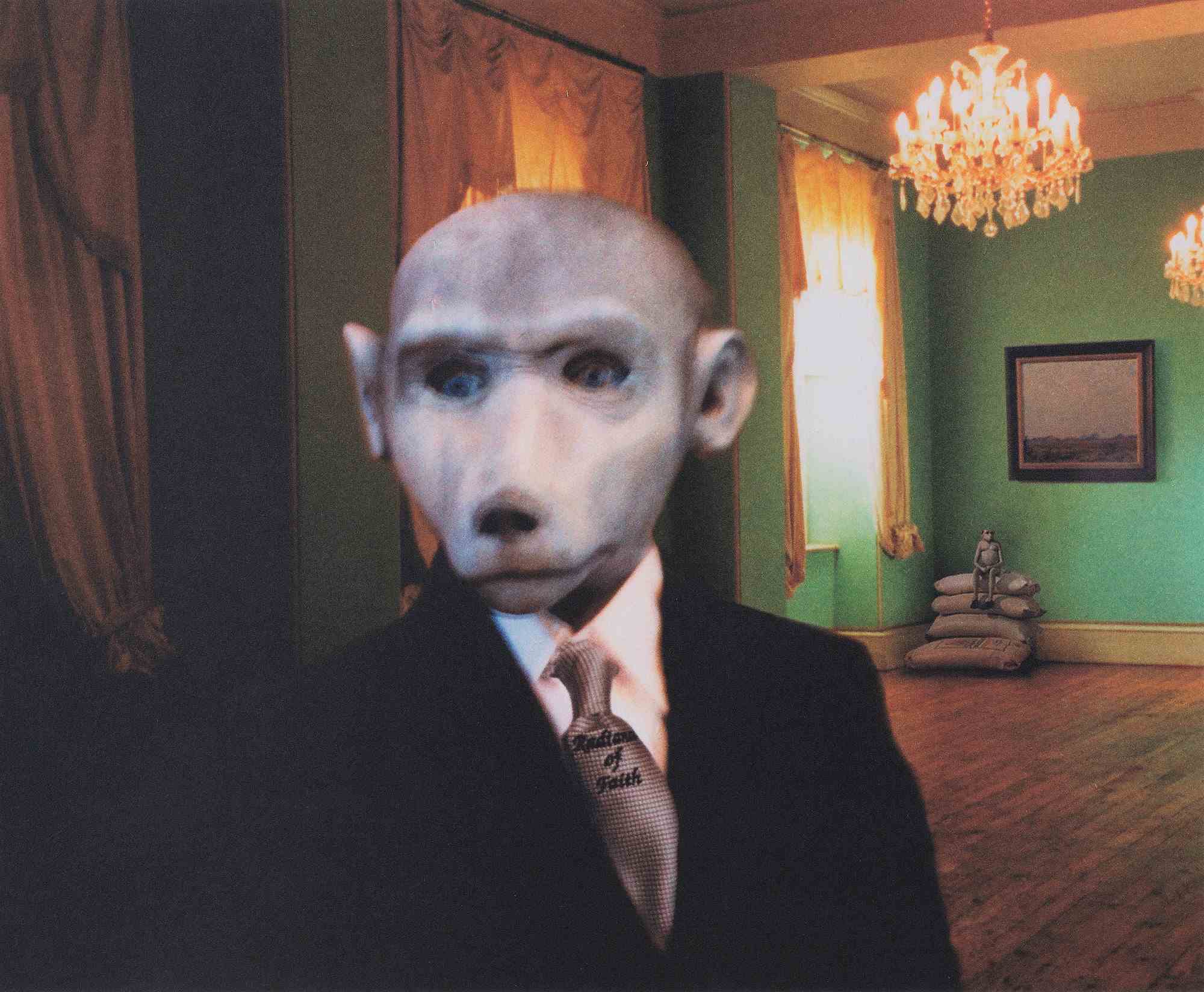
Faith
Jane Alexander
Photolithograph
5500€
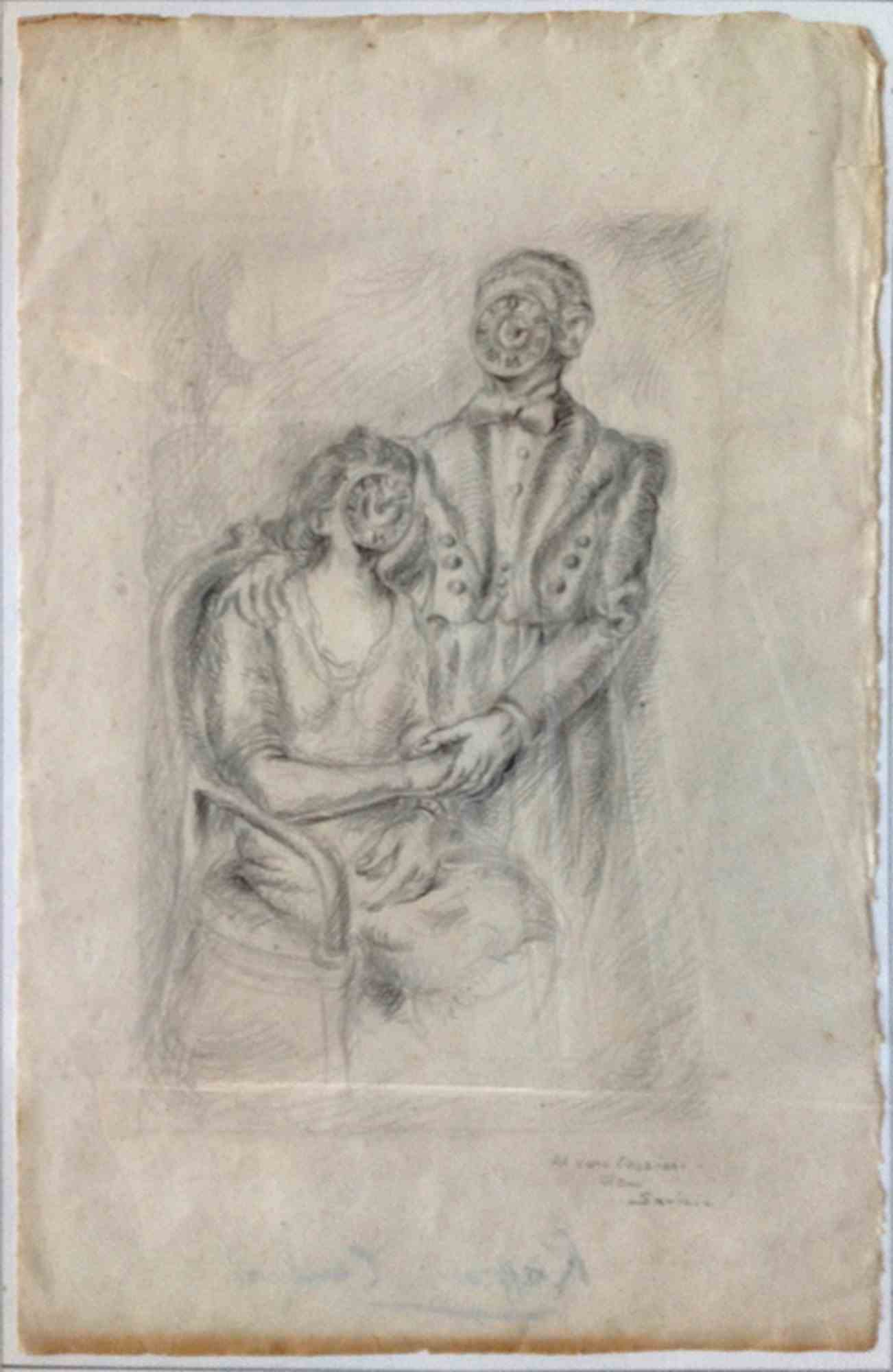
Marital Portrait
Alberto Savinio
Drawing-Pencil
34000€
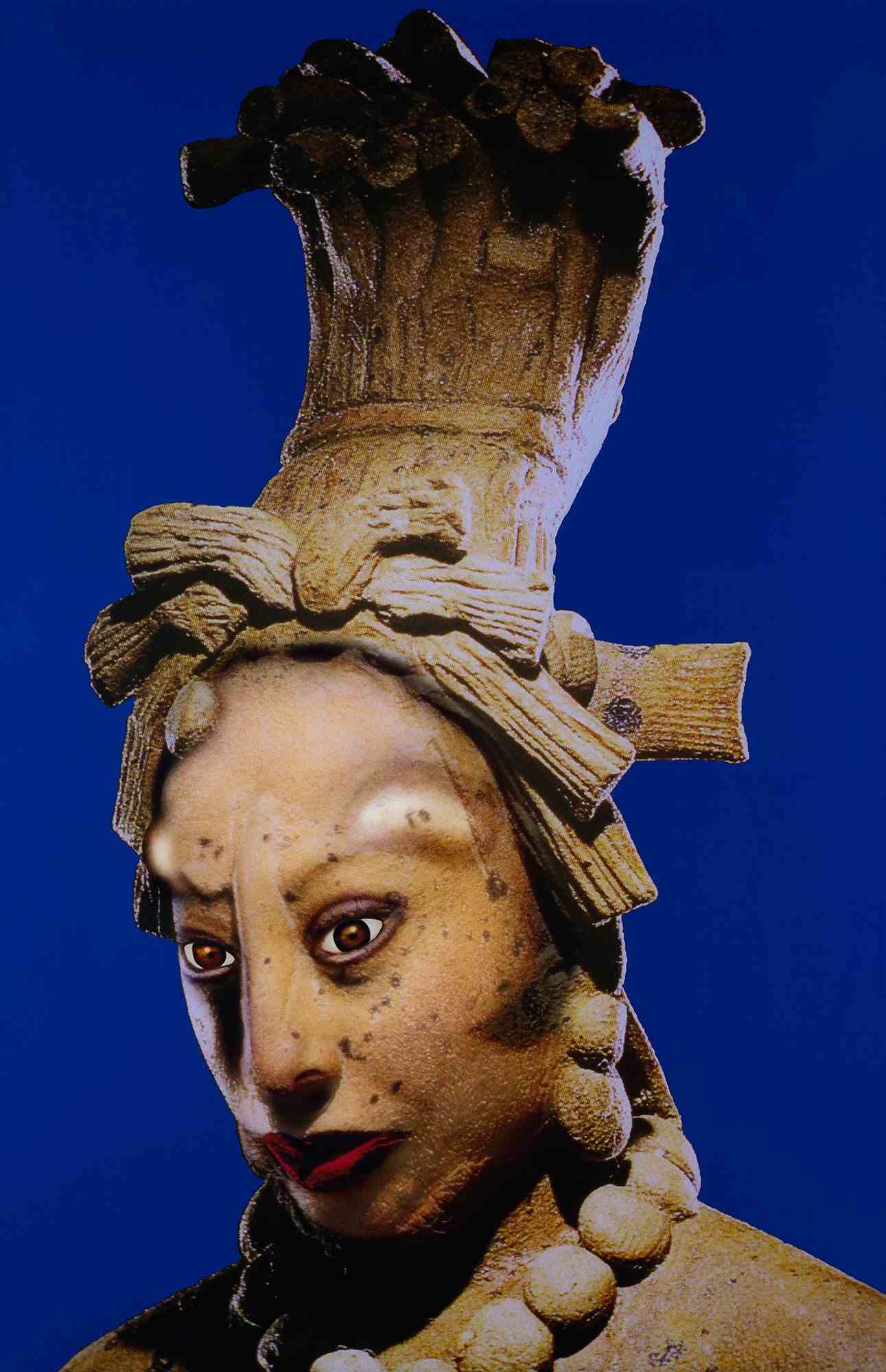
Défiguration-Refiguration-Selfhybridation Précolombienne n°32
Orlan
Digital Print
24500€
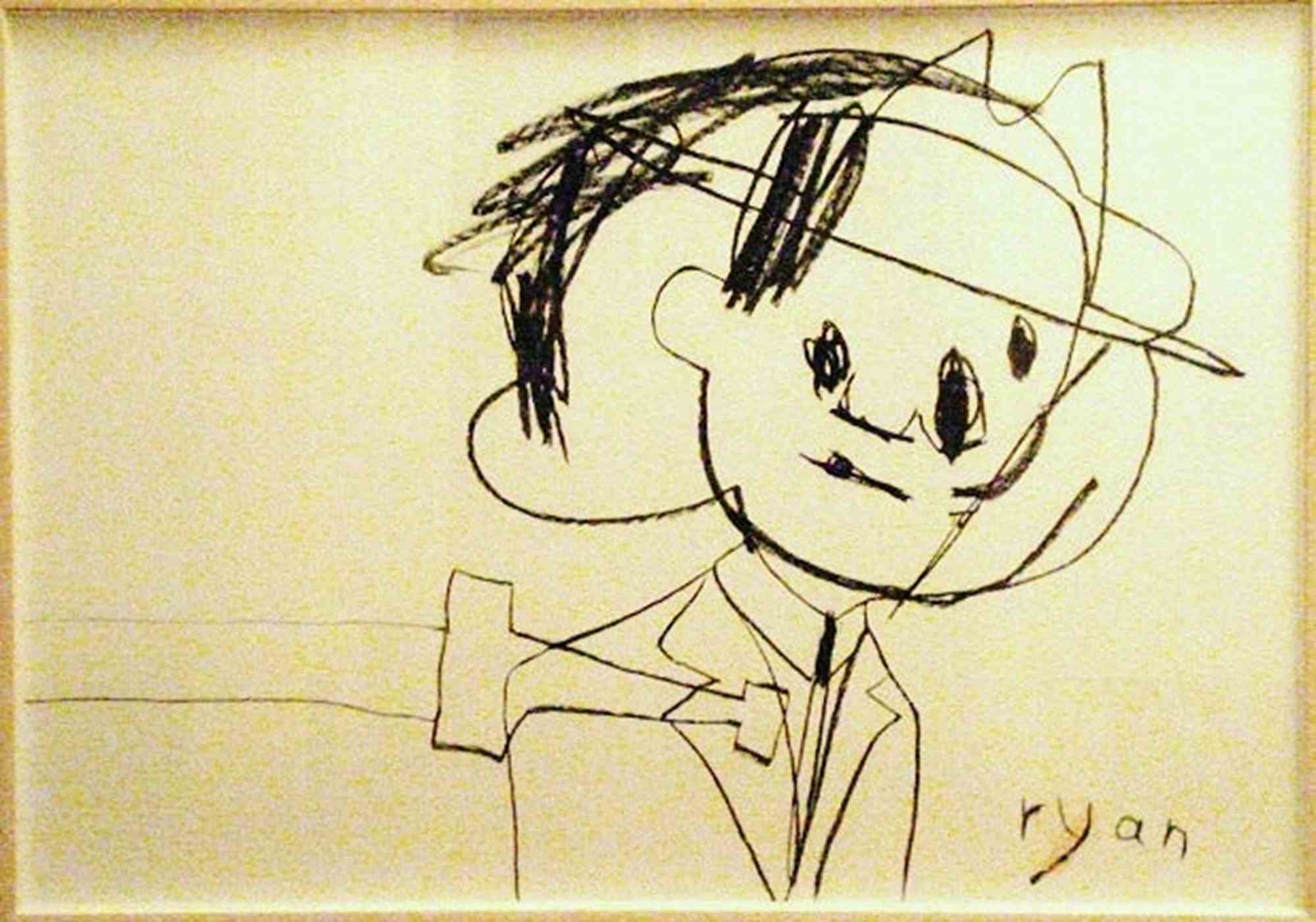
Ryan
Ryan Mendoza
Drawing-Charcoal
6000€
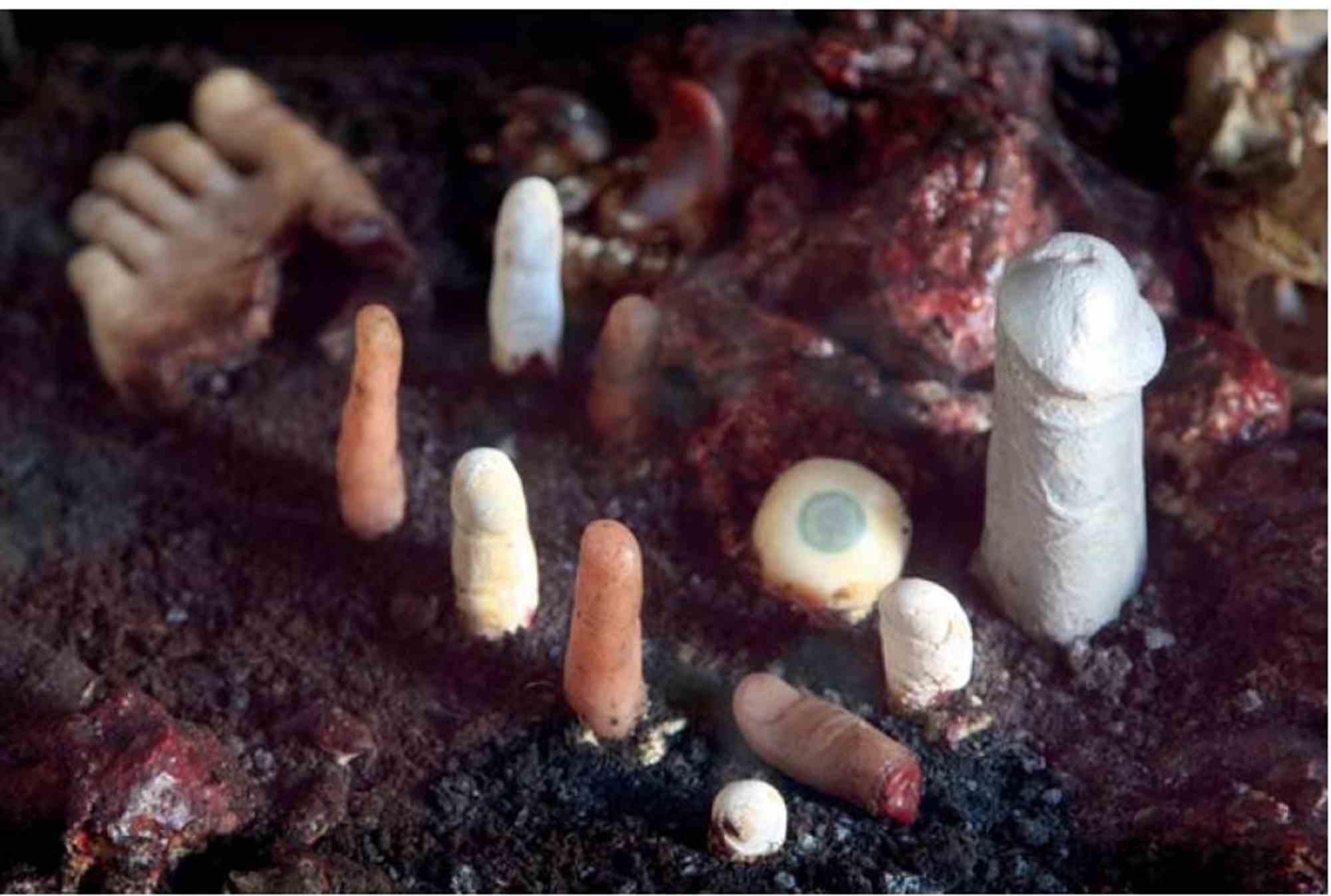
Selfportrait as Uninhabited City
John Isaacs
Mixed Media
24500€
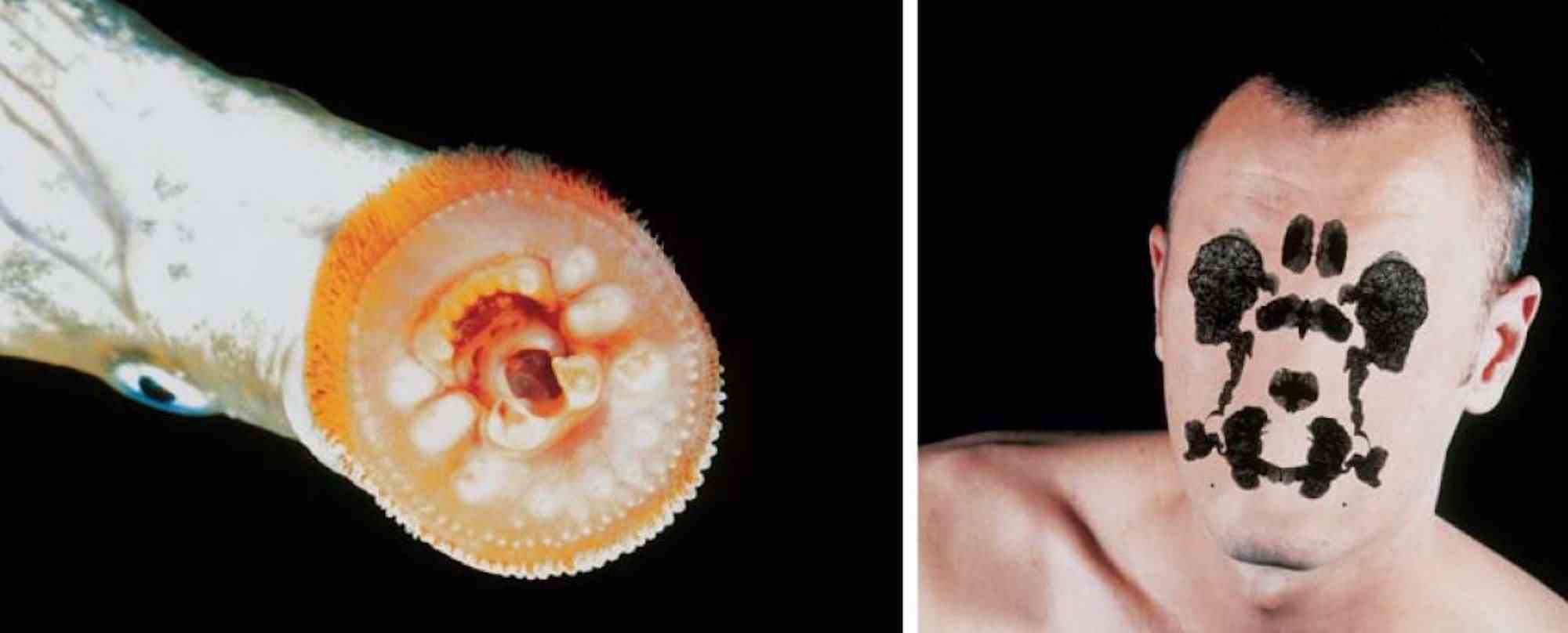
Matrix of Amnesia
John Isaacs
Photo
24500€
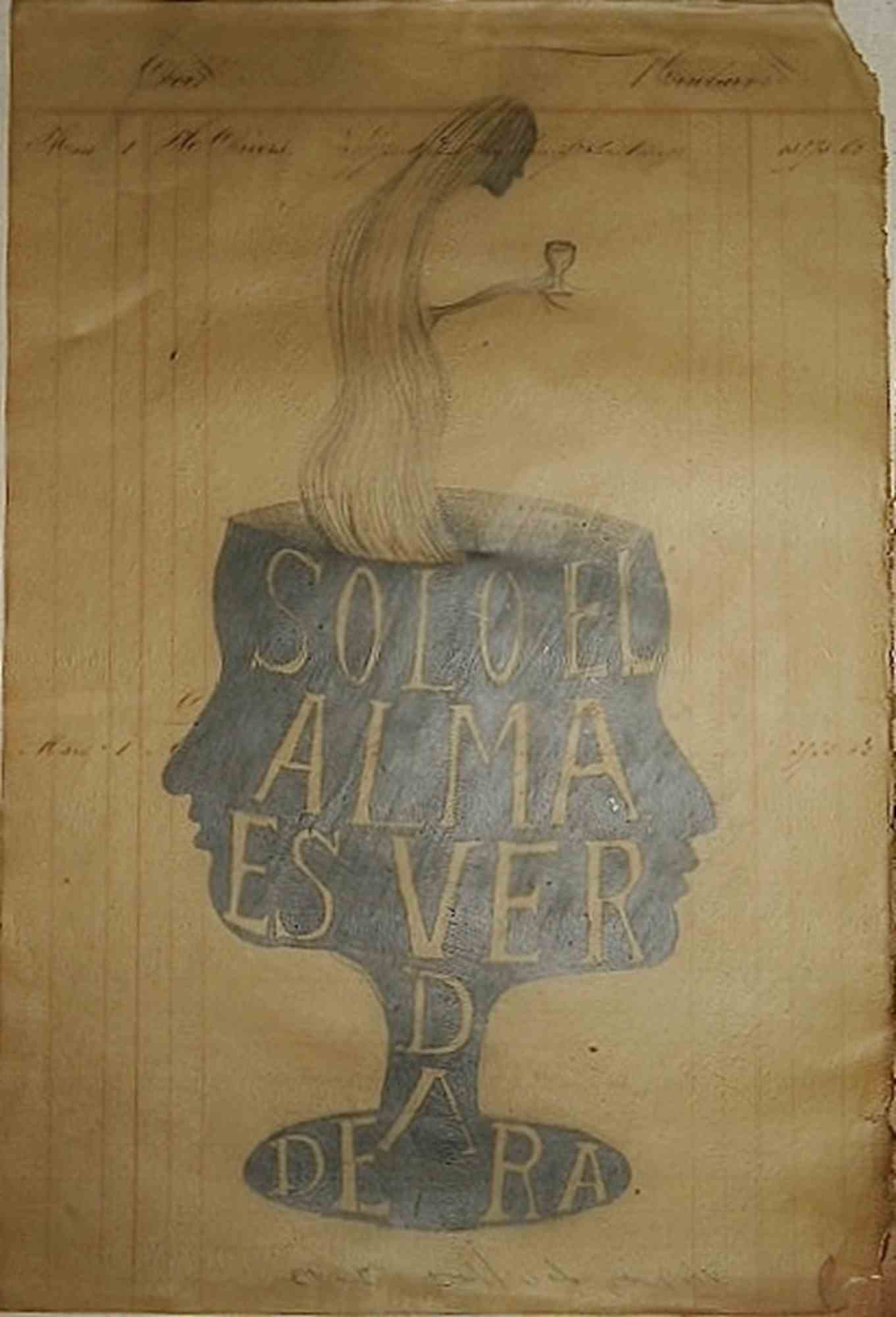
Solo el Alma es Verdadera
Sandra Vásquez de la Horra
Drawing-Pencil
5200€

Relinquished
Roger Ballen
Photo
14500€
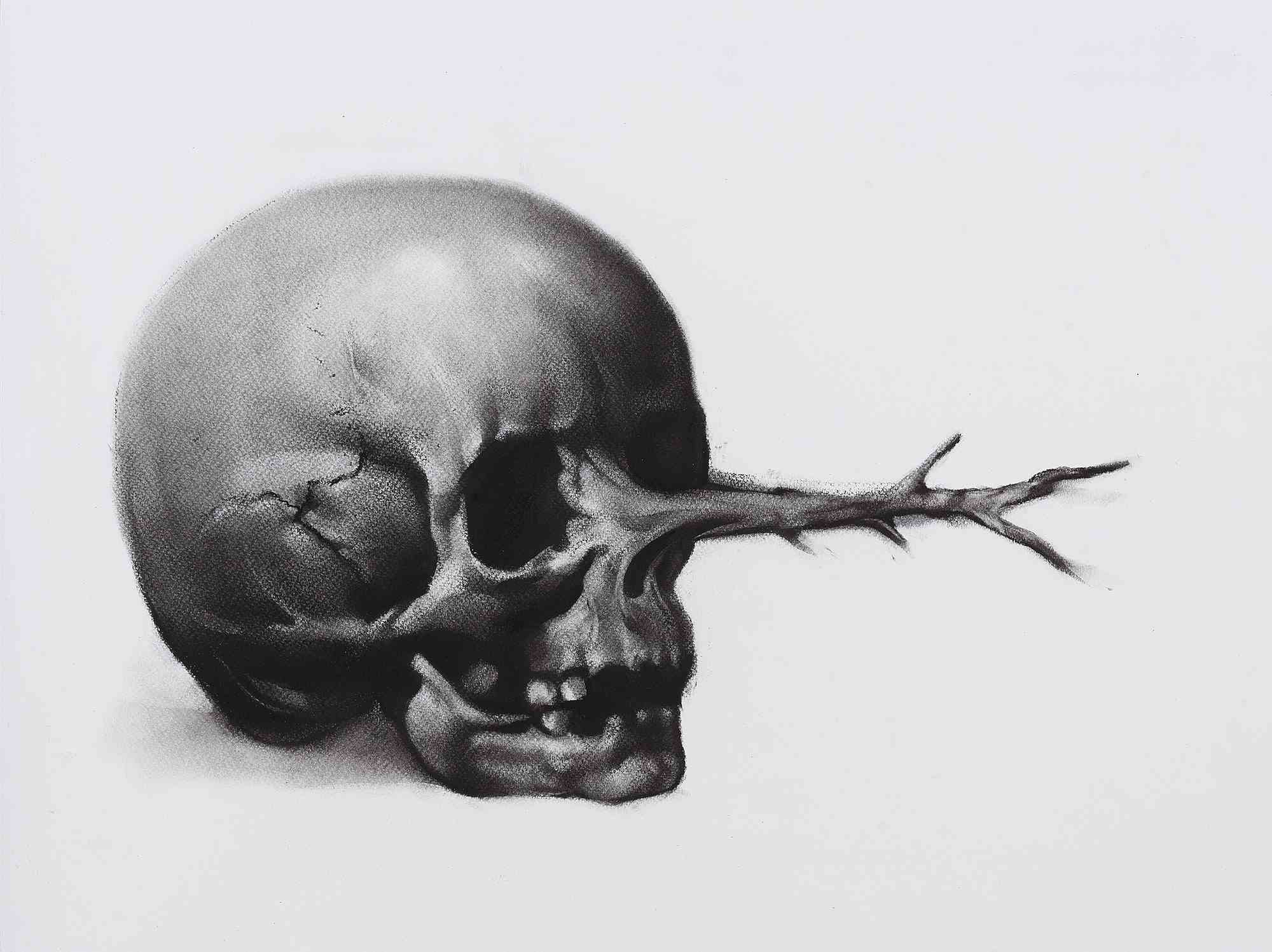
Where the Fuck is Jimini?
Mircea Suciu
Drawing-Charcoal
6500€
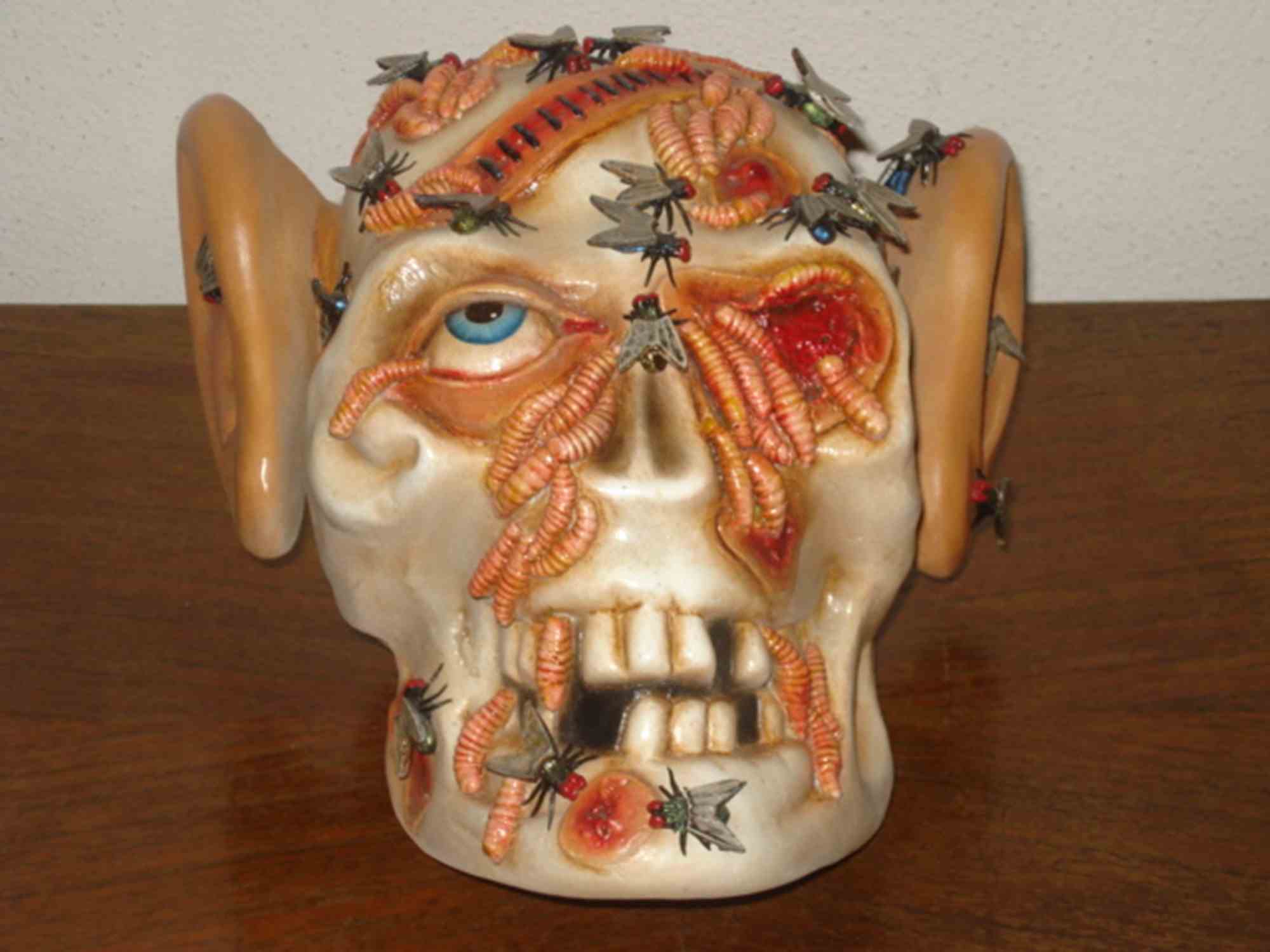
Flu
Jake & Dinos Chapman
Bronze
66500€
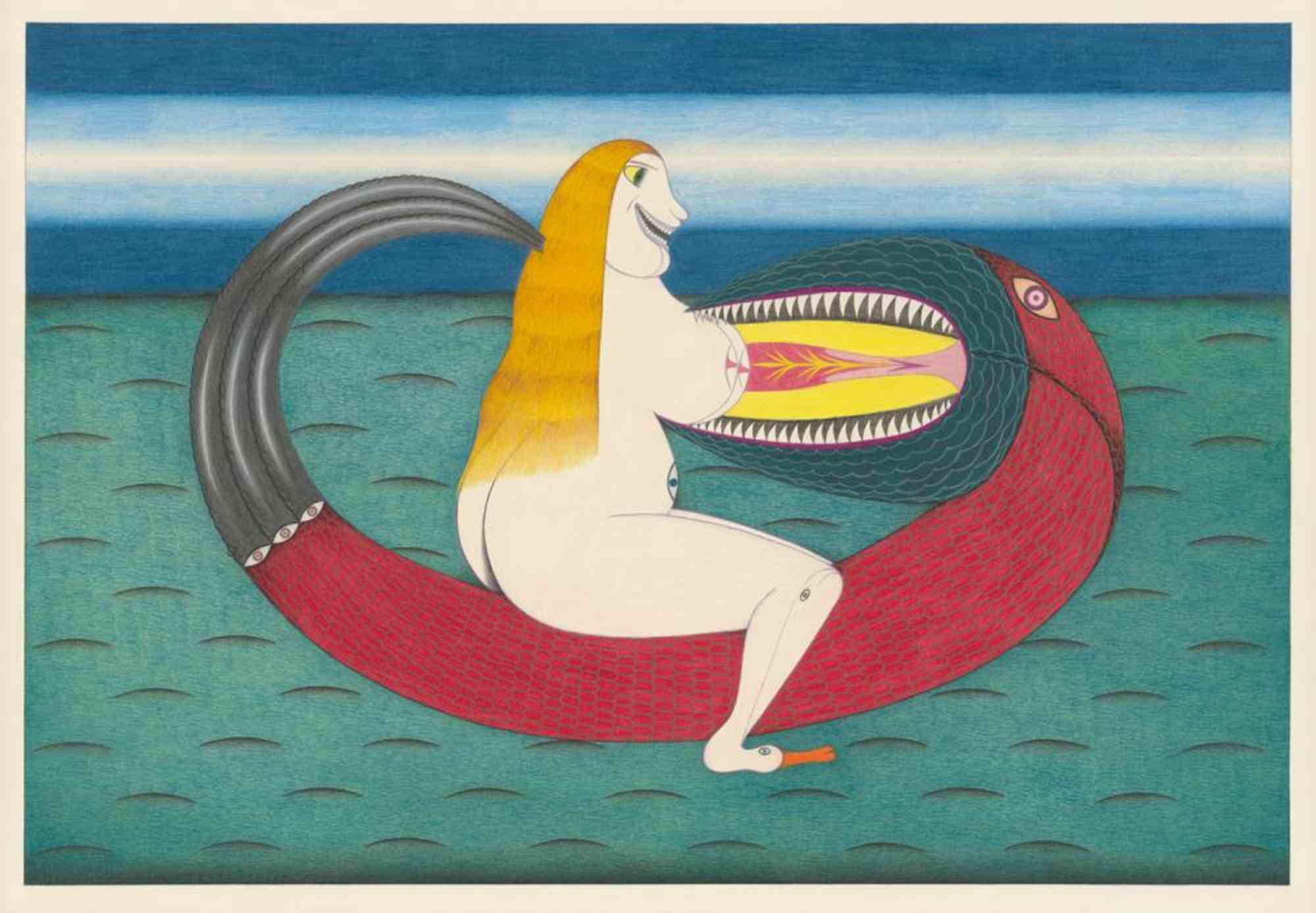
Die Moralische Eifersucht
Friedrich Schröder Sonnenstern
Drawing
10500€
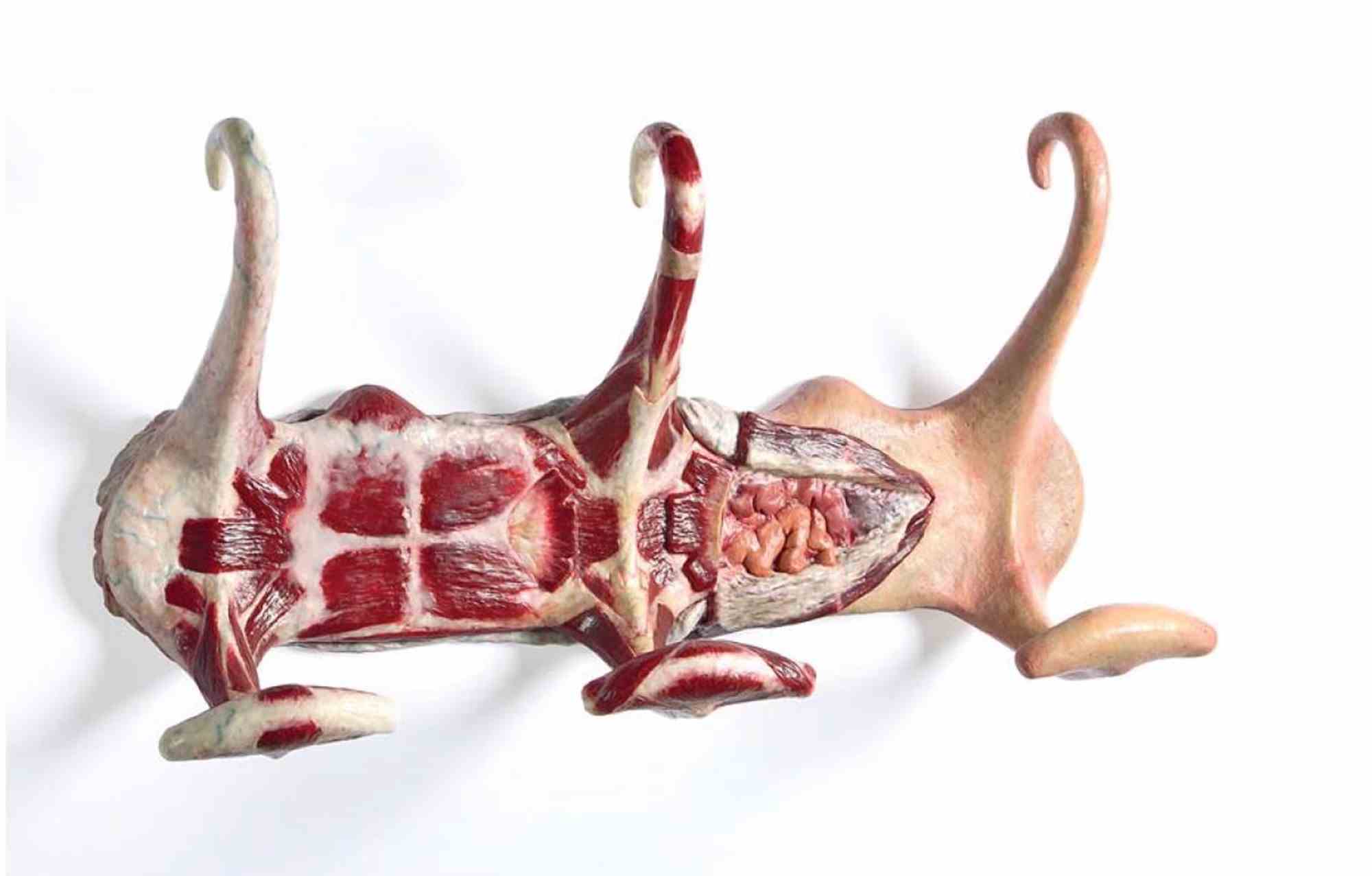
Coat hangers
Simone Racheli
Wax
6900€
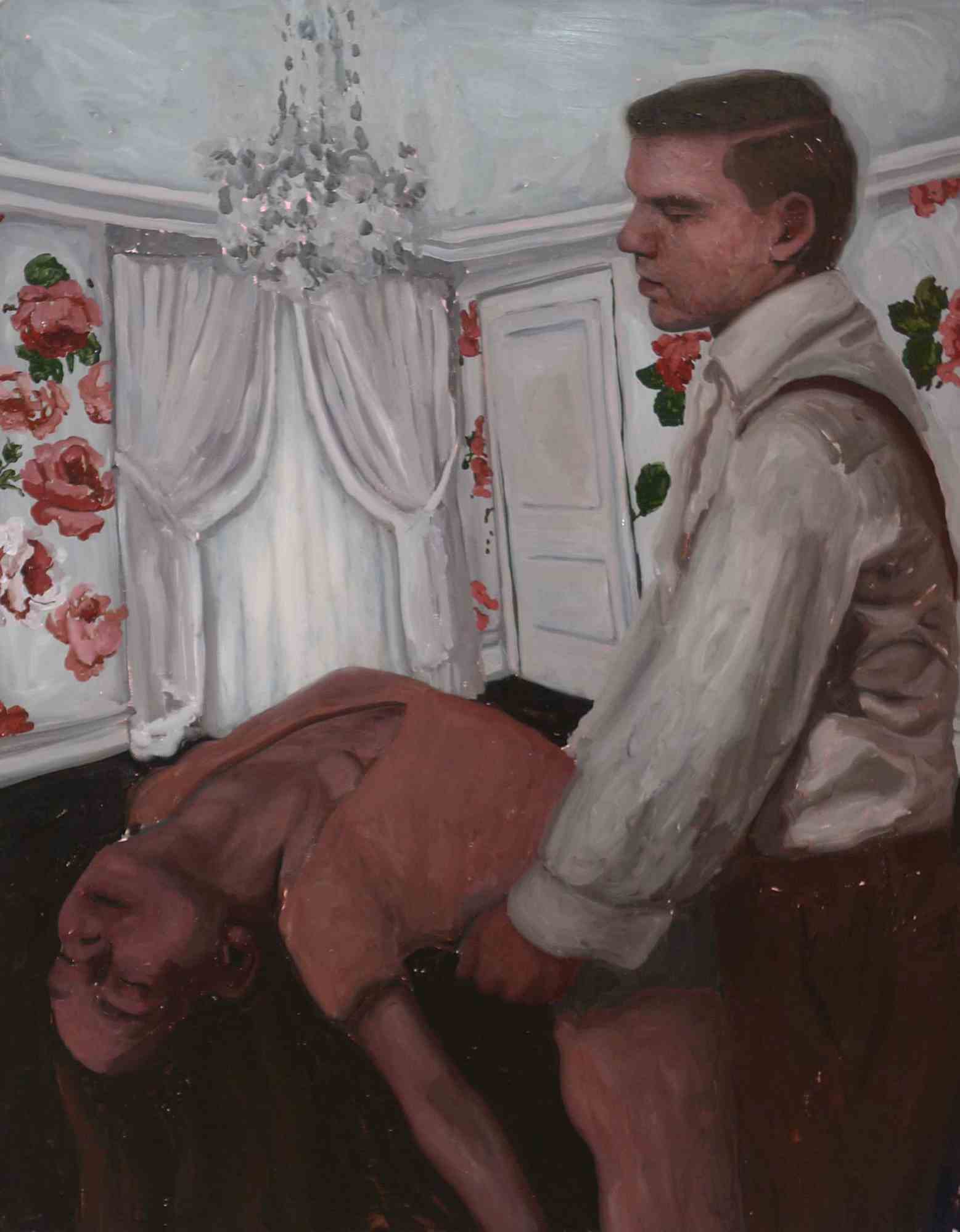
At Long Last
Ryan Mendoza
Oil on Canvas
22500€
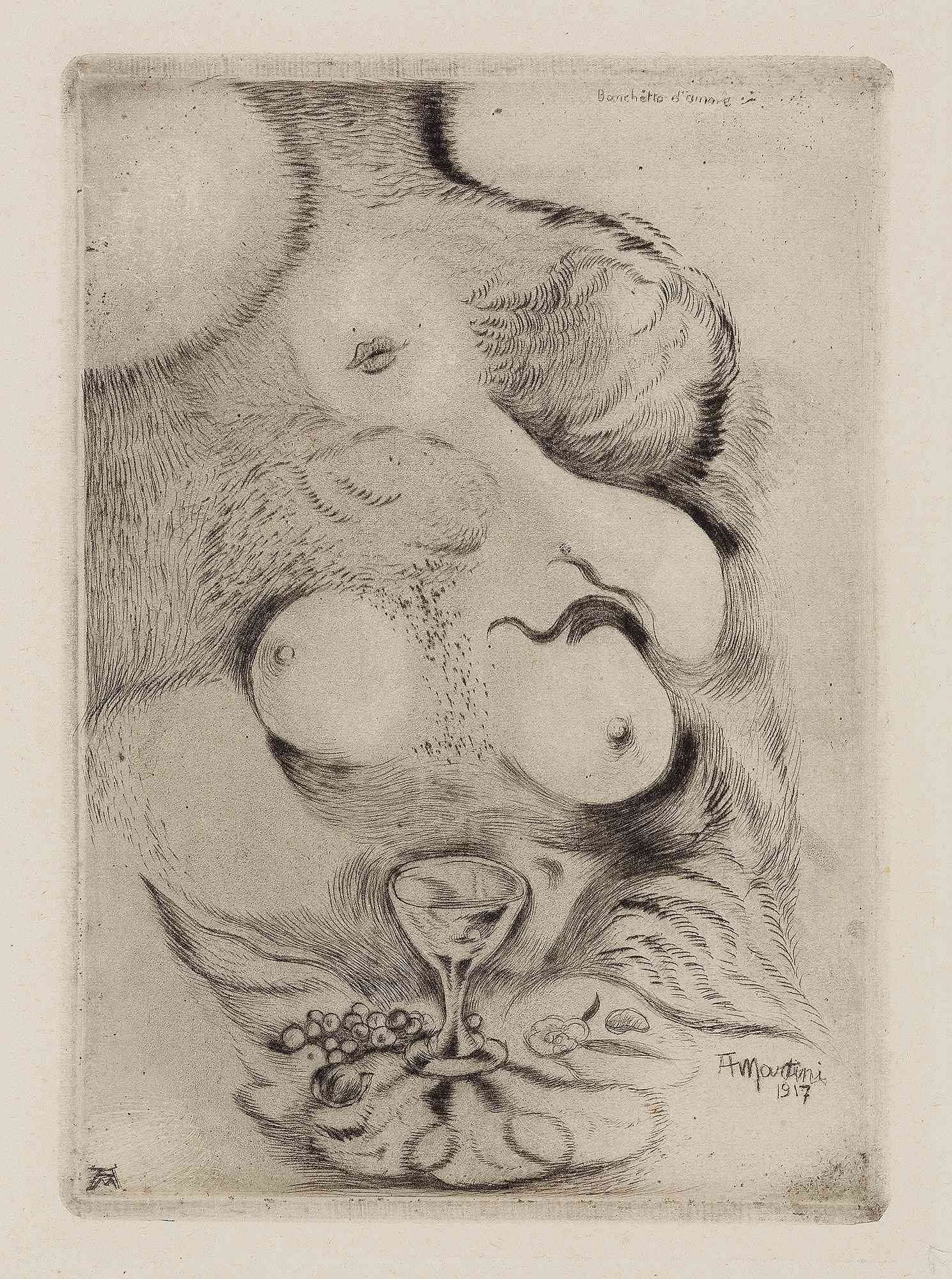
Banquet of Love
Alberto Martini
Drypoint
1200€
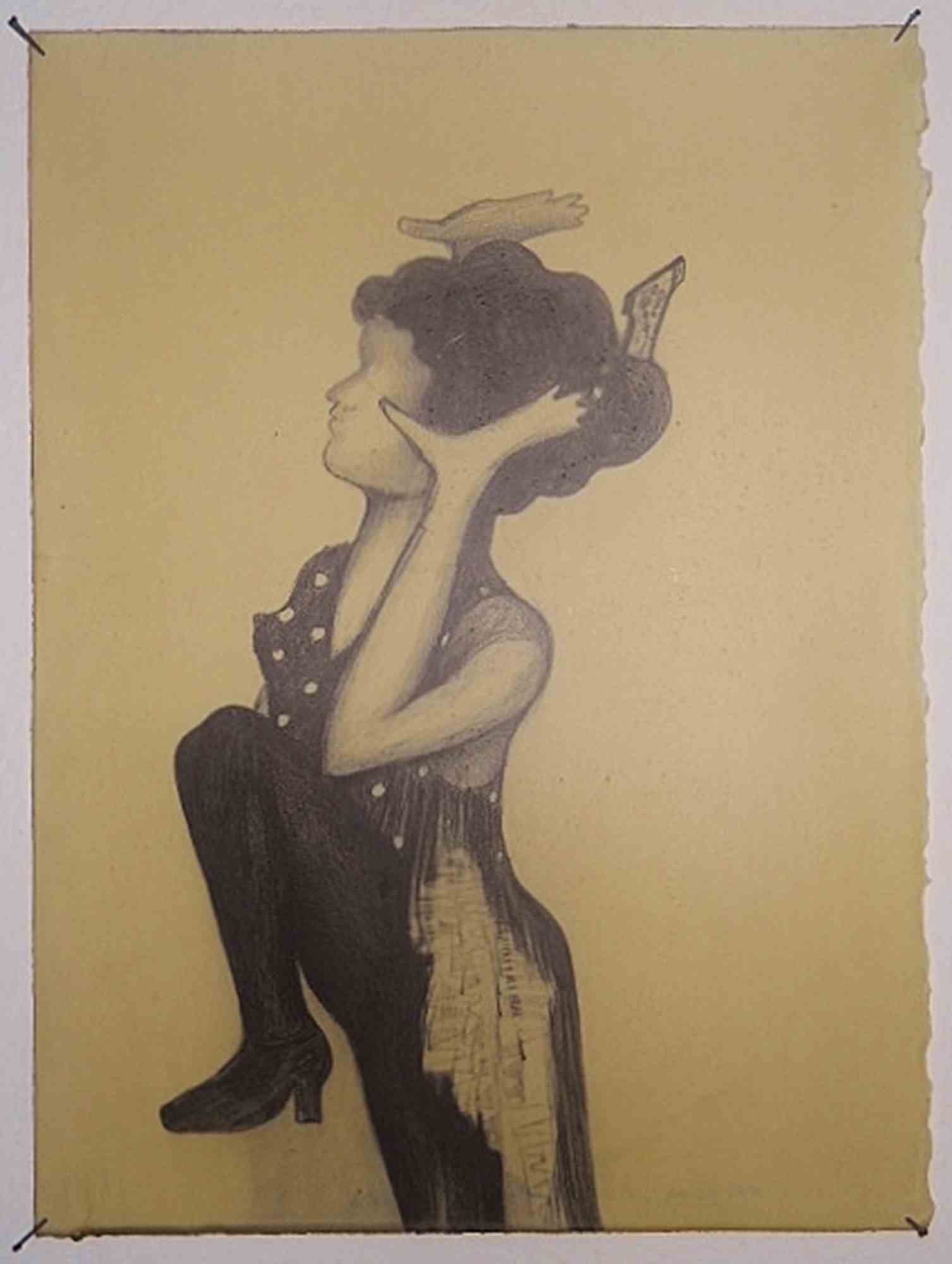
La Terremoto
Sandra Vásquez de la Horra
Drawing-Pencil
5600€

Untitled
Gabriele Picco
Mixed Media
7500€

